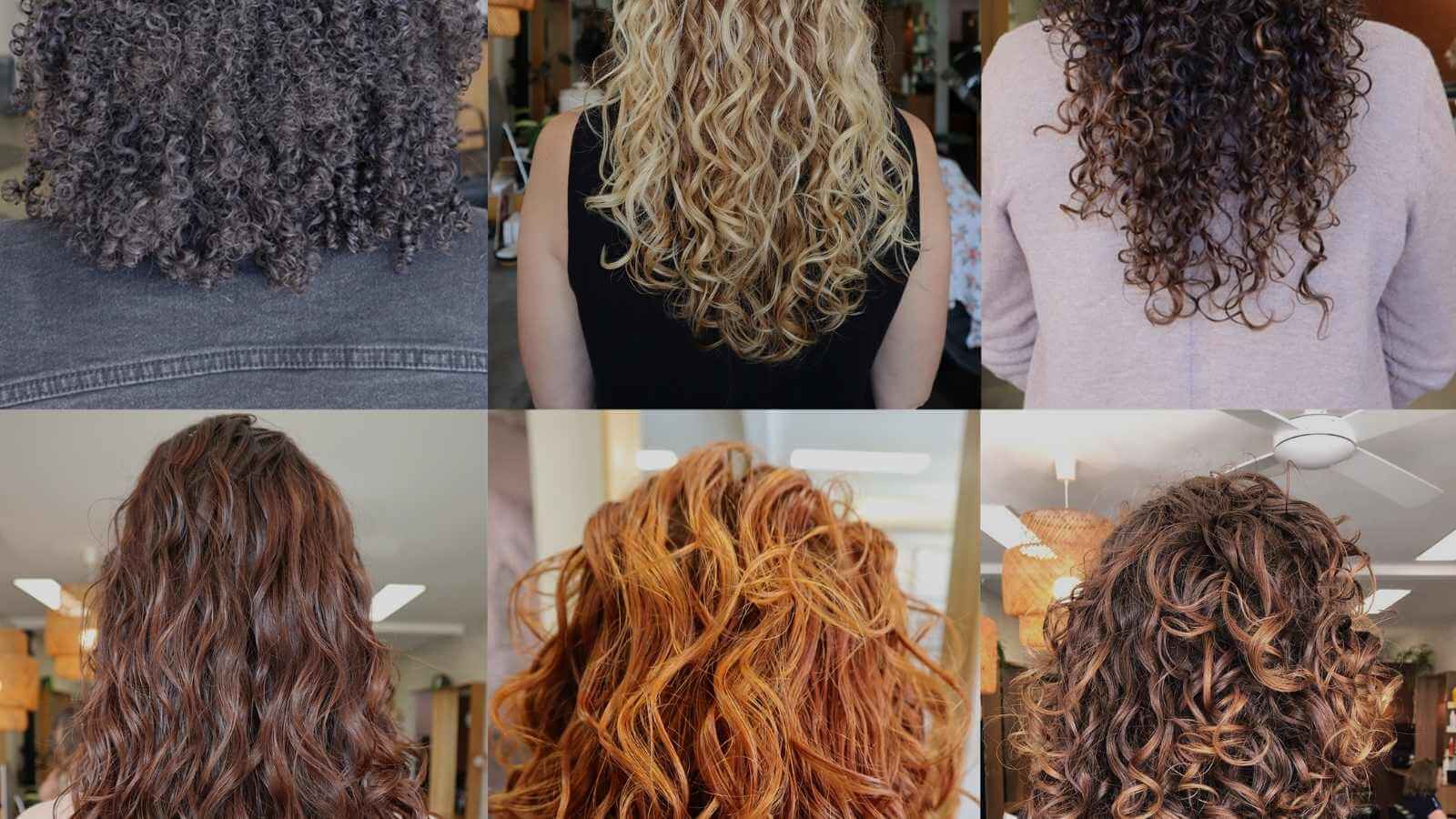

November 07, 2022 | Louise O'Mullane
Cracking the code on your curl type can be a mission, but it’s not impossible!
Until you look at your head of hair closely you probably don't realise just how many curl patterns can exist on the one head of hair.
It's true, the one head can host multiple curly hair types, and understanding your curly hair can be the key that unlocks your best curls yet.
So how do you figure out what type of curly hair you have? Well, that's actually easier than it sounds.
We know looking at your hair it can seem overwhelming, and there is A LOT of information out there for us curlies.
So, we’ve done the hard work for you, (you’re welcome!) and created this simple guide on understanding your curl patterns.. and along the way, we'll throw in some free tips on how to get the best results for your individual curl type!
And don't forget to take the curl quiz below to identify your curl type!
Within these 4 curl types, there are what we call Sub- Classifications. Identifying types of curly hair is easy if you know the a,b's and c's. These are letters that help to understand and identify your curl PATTERN.
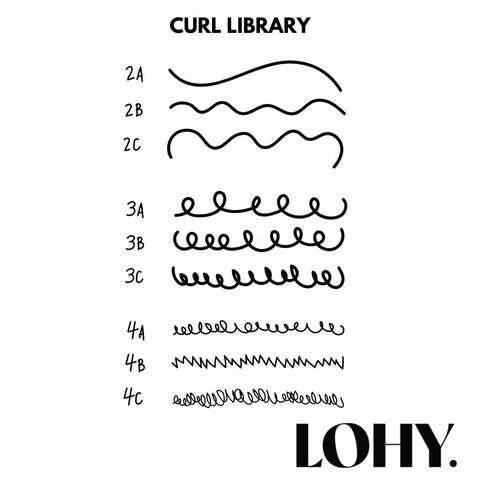
These LETTERS help to describe how tightly wound your curls are within your curl TYPE.
These sub-classifications are based on the width and diameter of your hair wave, curl or coil. They can help you to understand how to not only get the best out your curly hair, but care for the texture of your hair.
This infographic sums it up perfectly:
It’s not uncommon to have a combination of several different curl patterns on your head either. So if you're sitting there thinking to yourself, “Well I might be a bit of this, AND a bit of that”, you probably are.
Curly hair types are basically a blueprint for identifying your unique hair pattern and understanding which products will work best for your particular type of hair. You’ll be able to avoid lightweight products that won't give you enough hold if you’ve got an abundant head of curls. On the other hand if you've got wispy waves that rely on volume, the last thing you want is heavy products weighing your hair down.
Let's talk Types
The absence of curls… moving on….
You will usually find yourself admiring a Type 2 wavy hair style if it resembles something like a “beach wave look”.... Textured, tousled wavy hair that isn't exactly curly but has some volume and pattern.
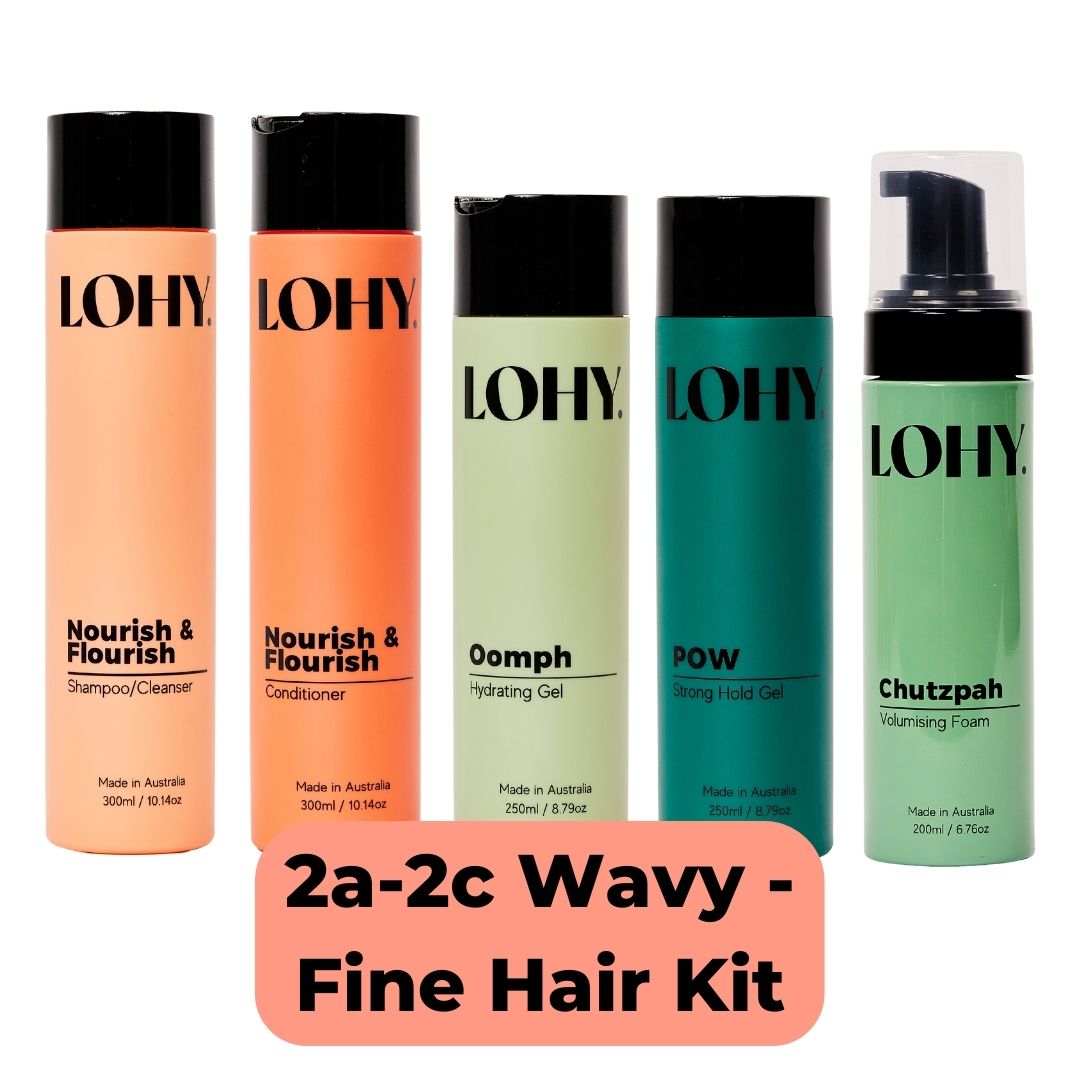
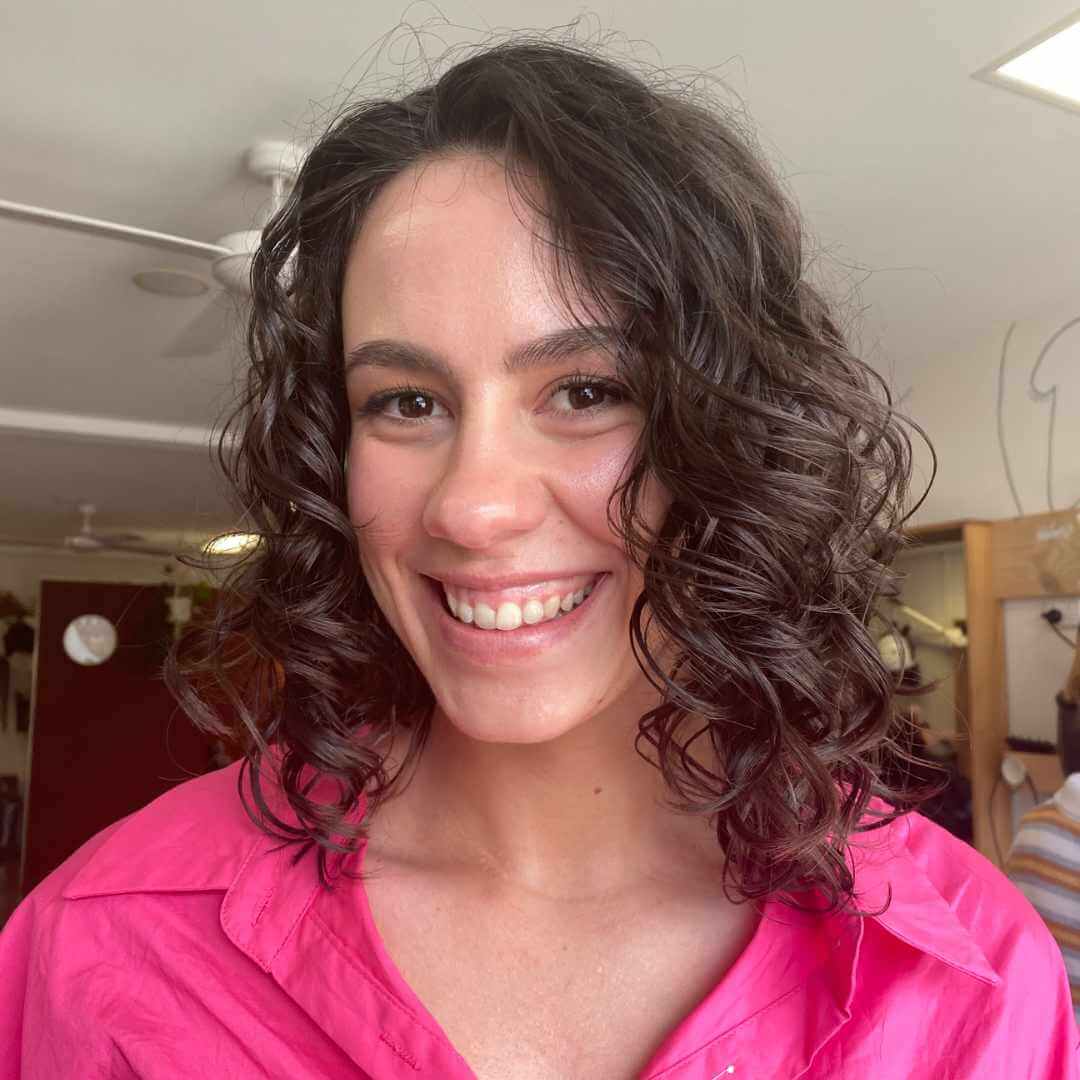
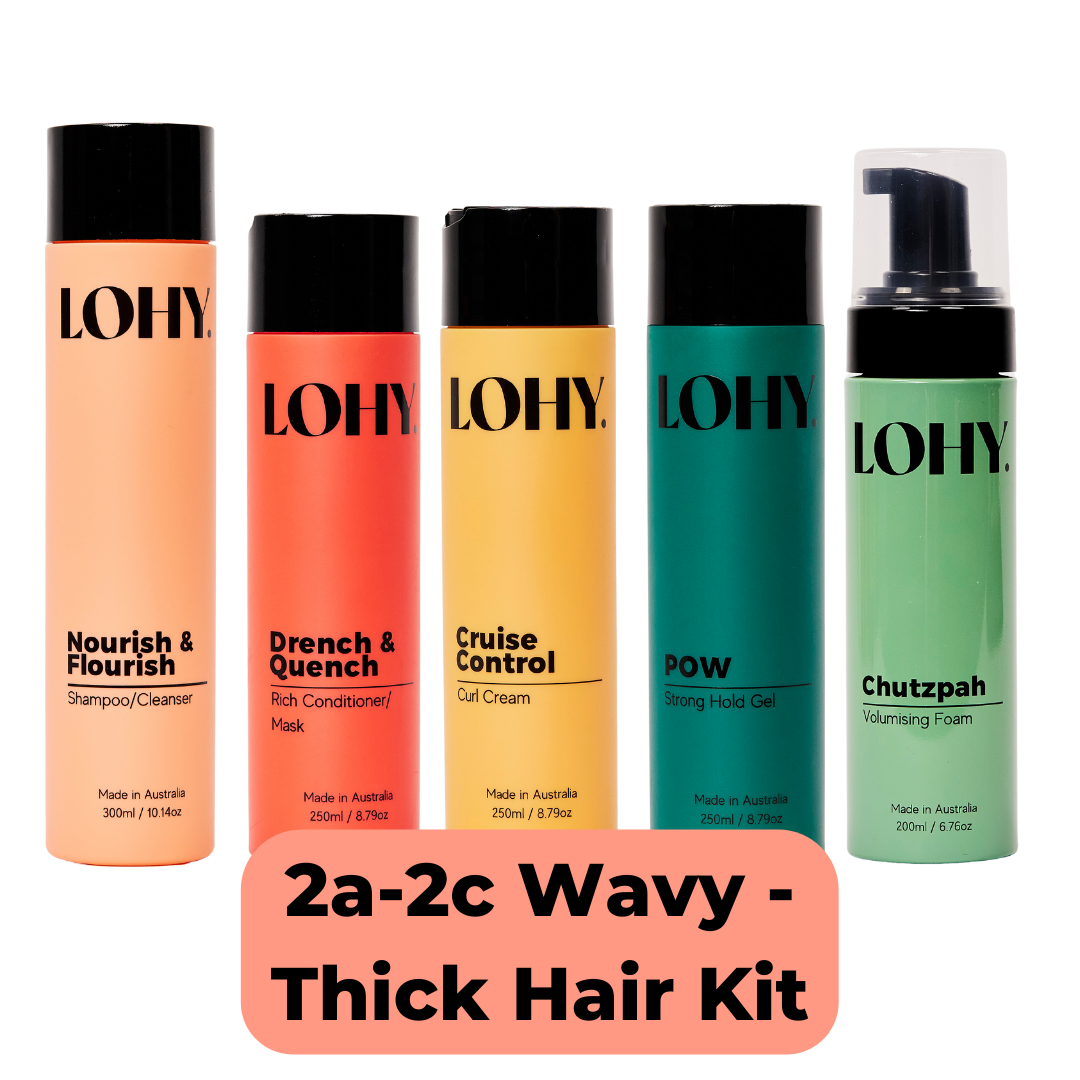
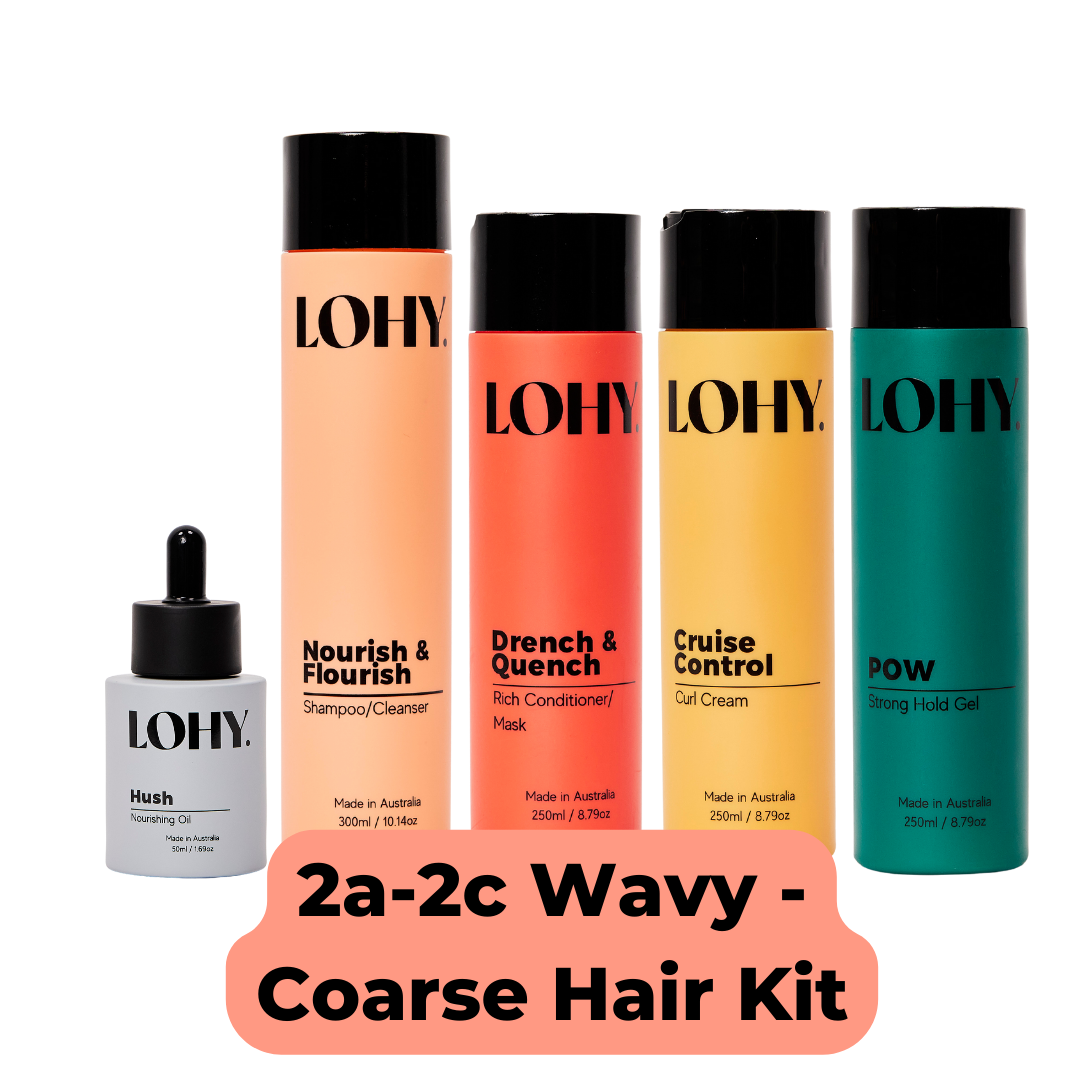
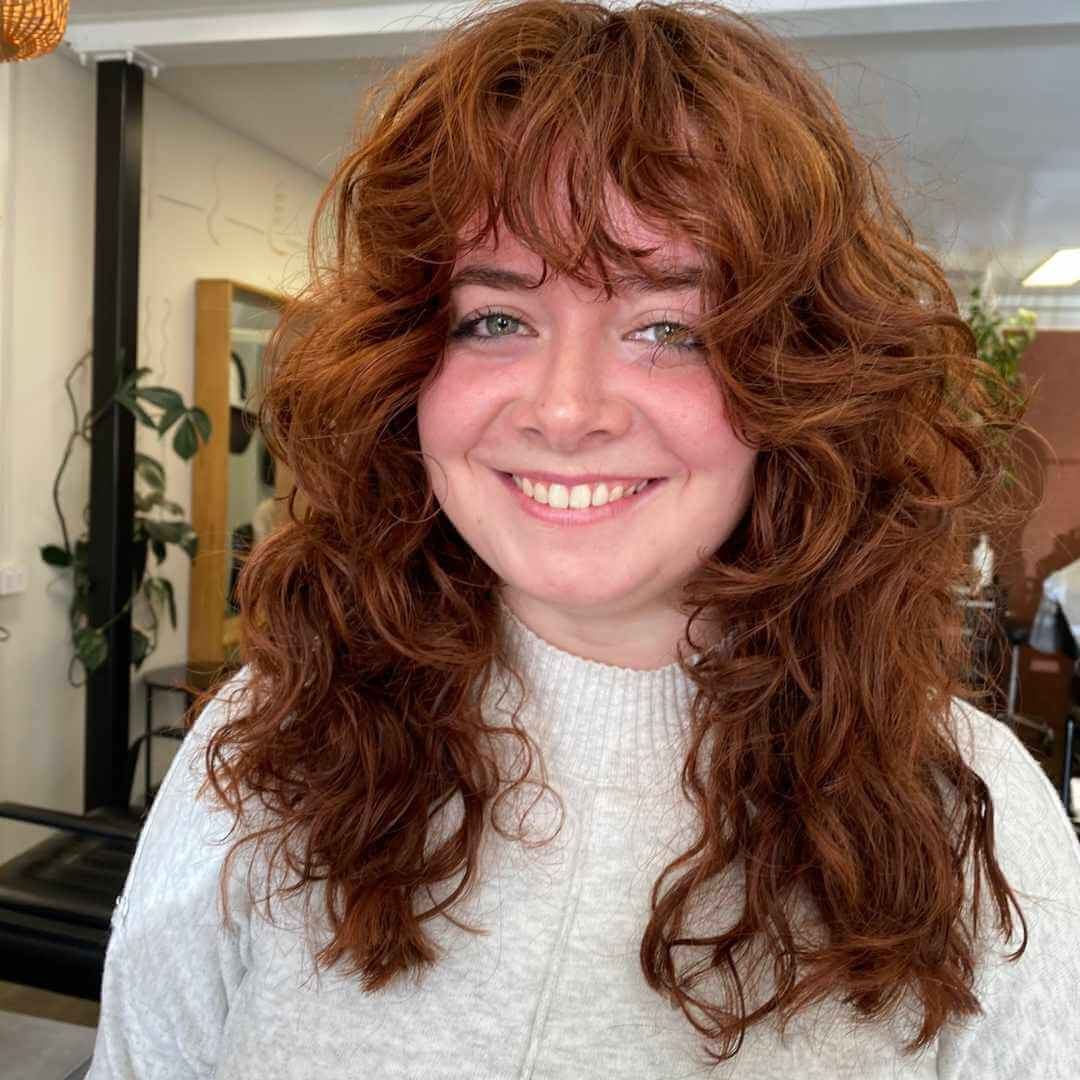
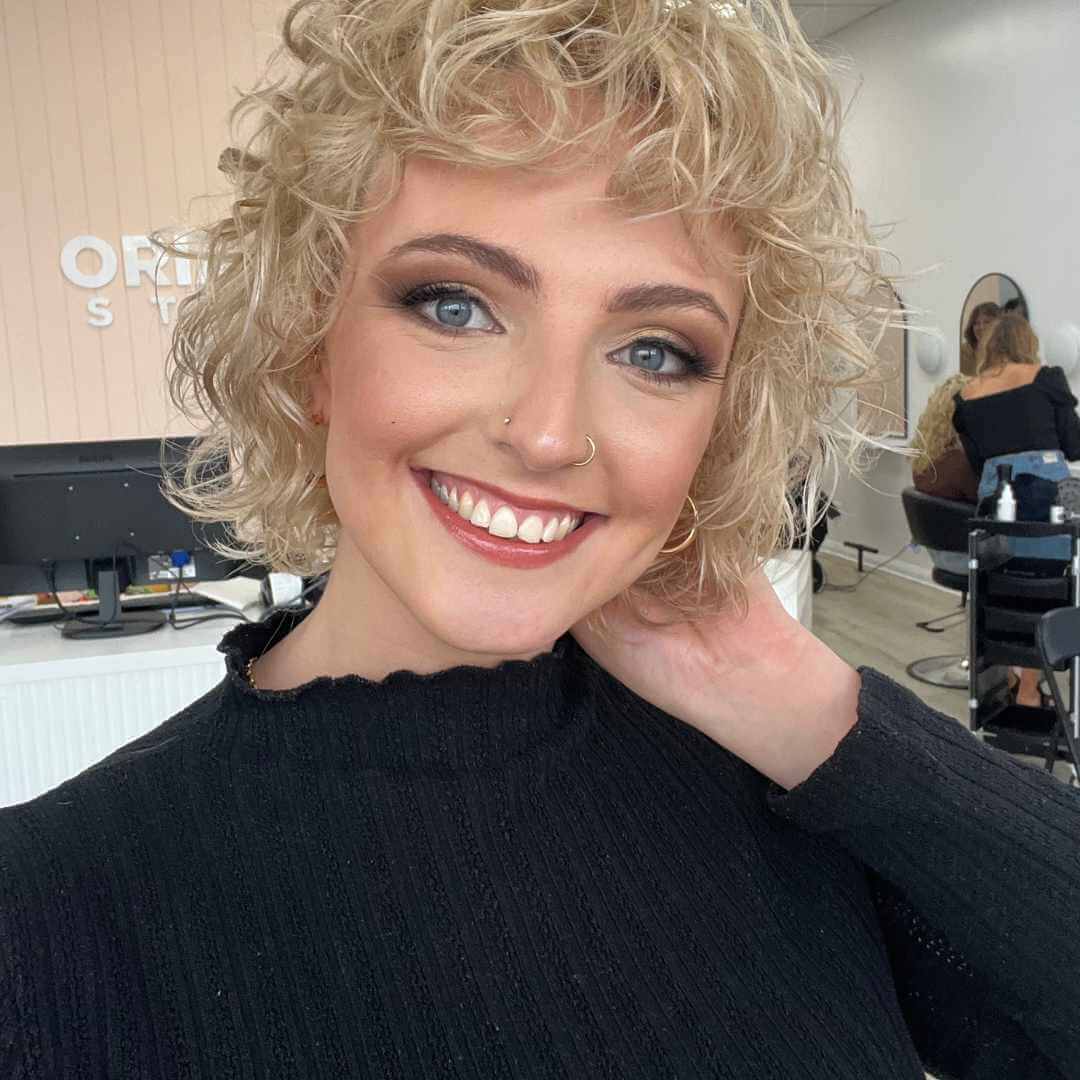
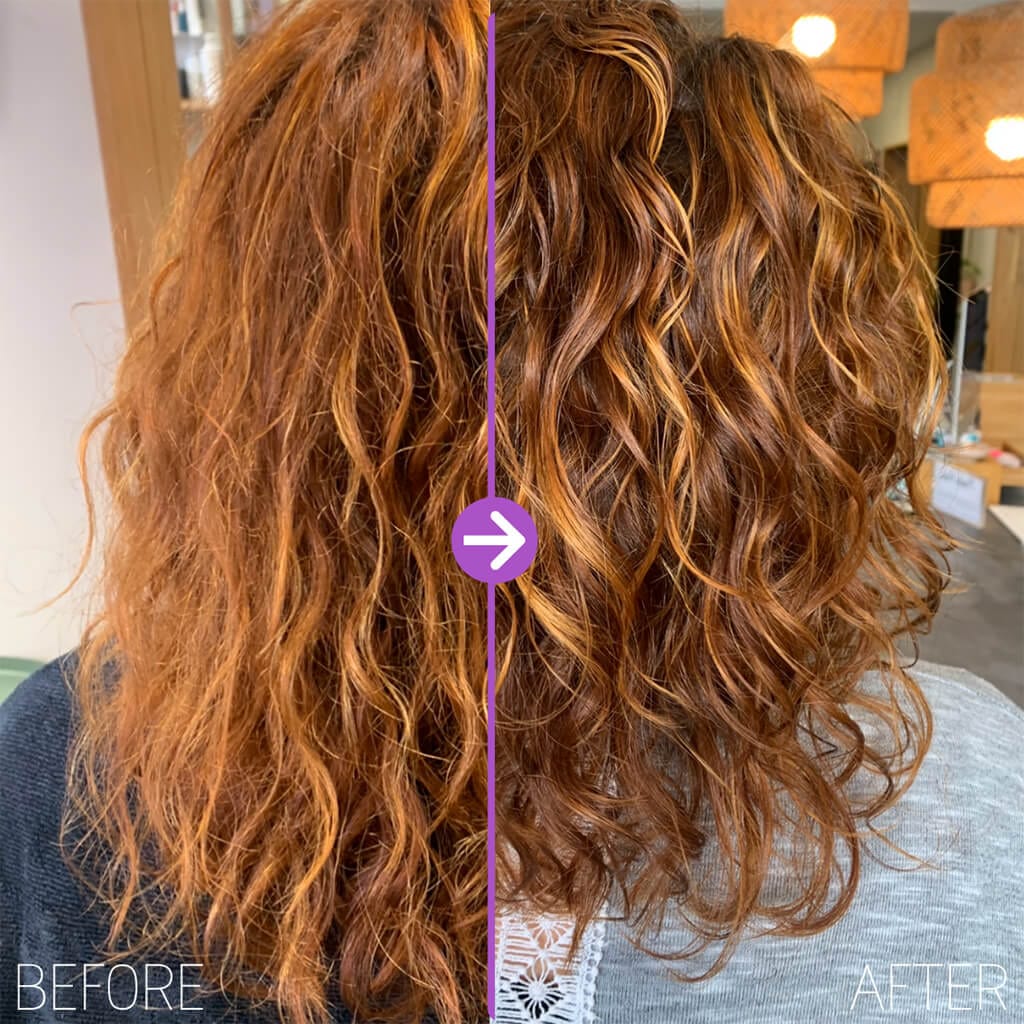

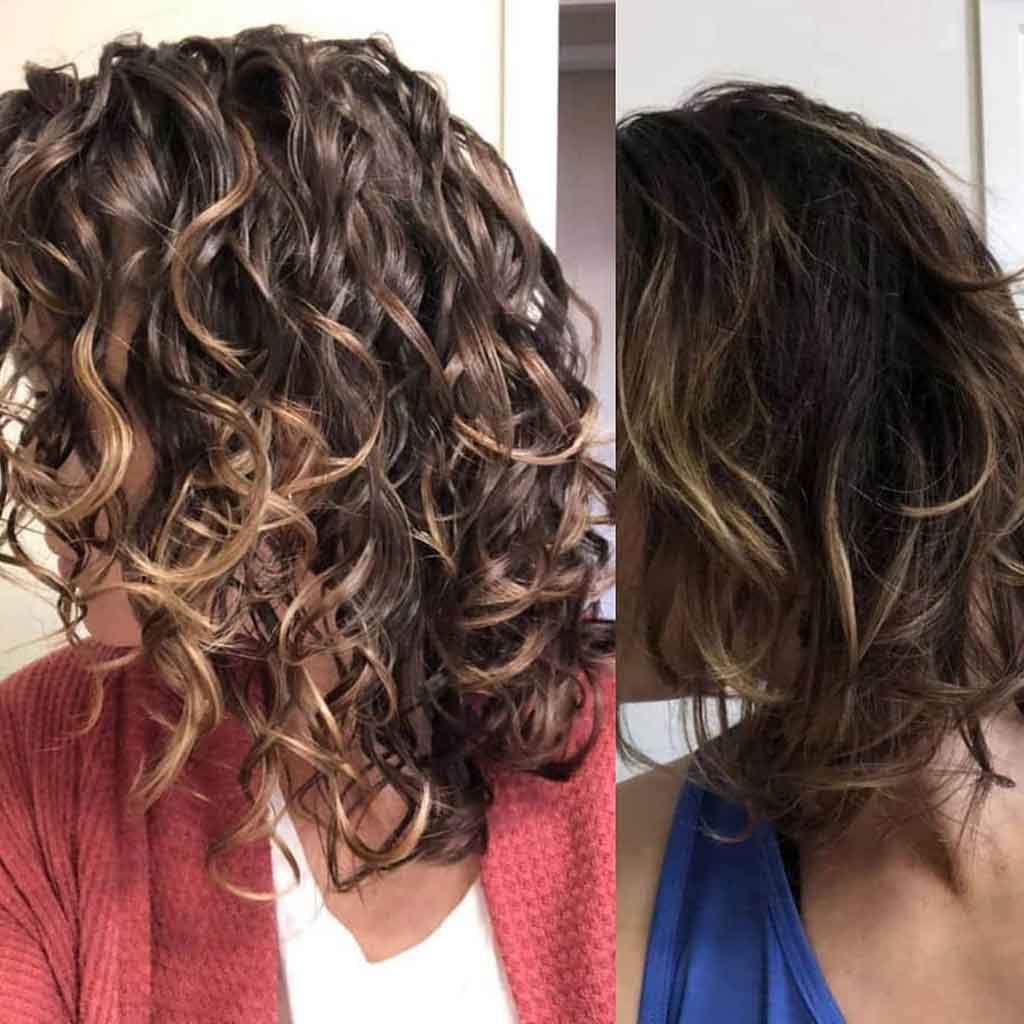
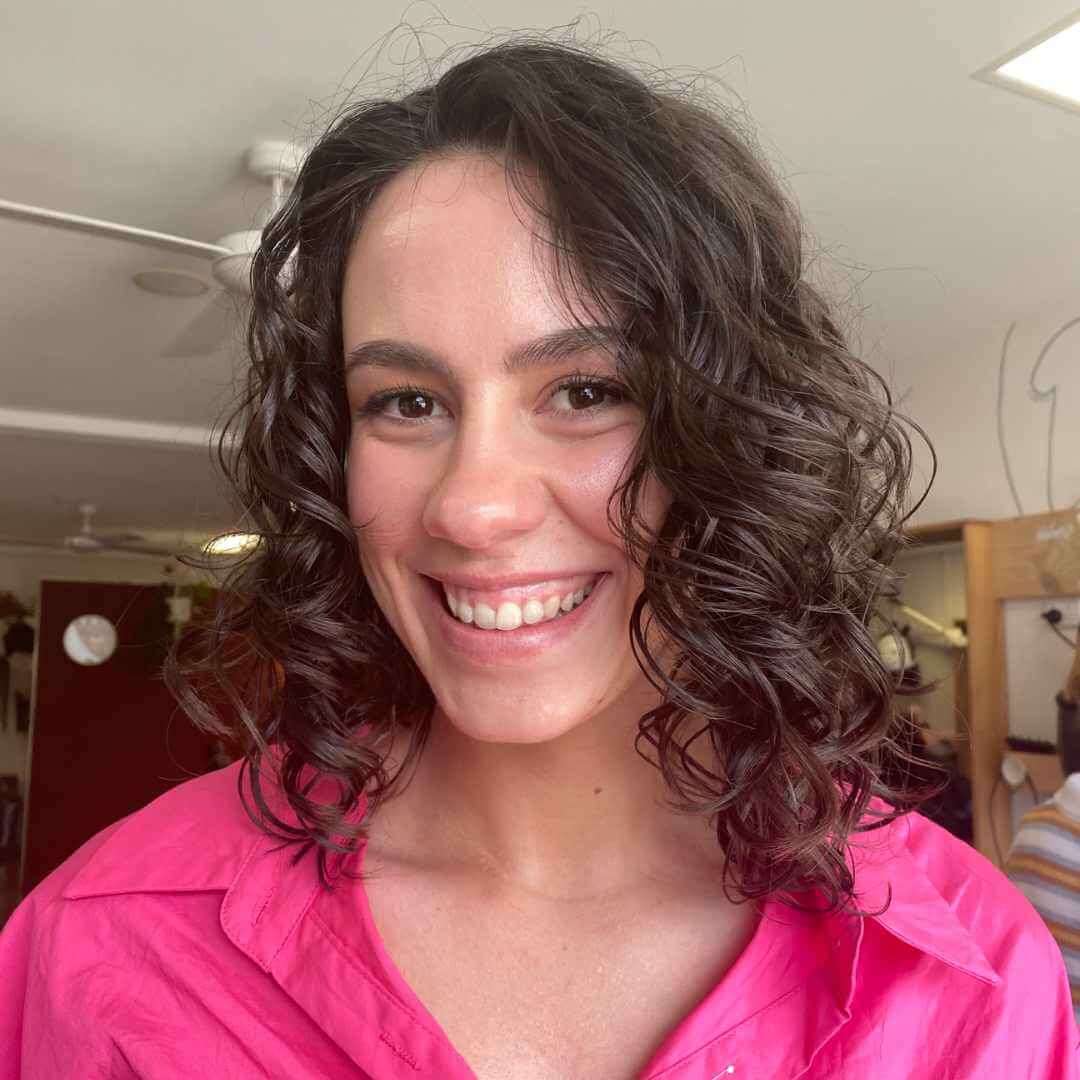
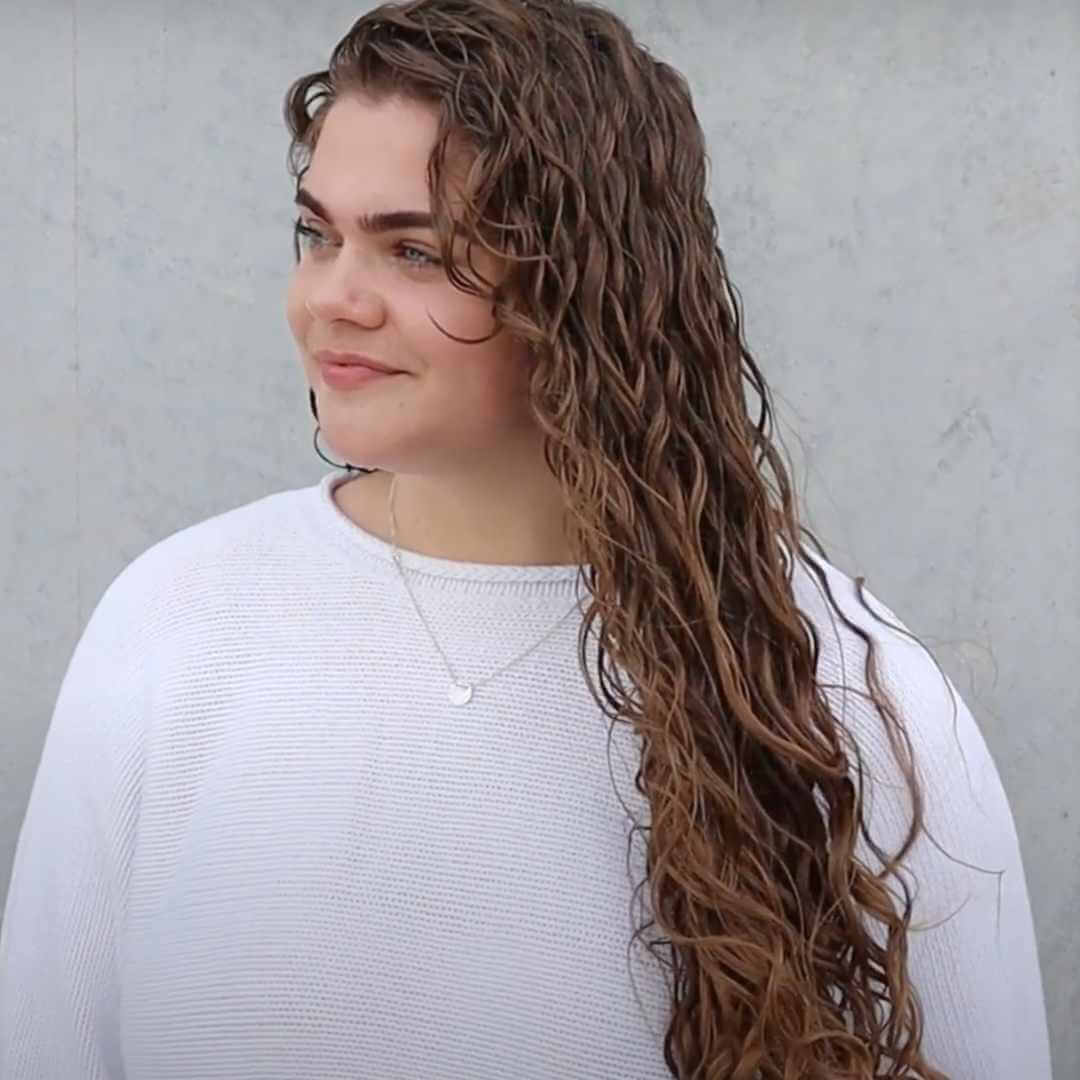
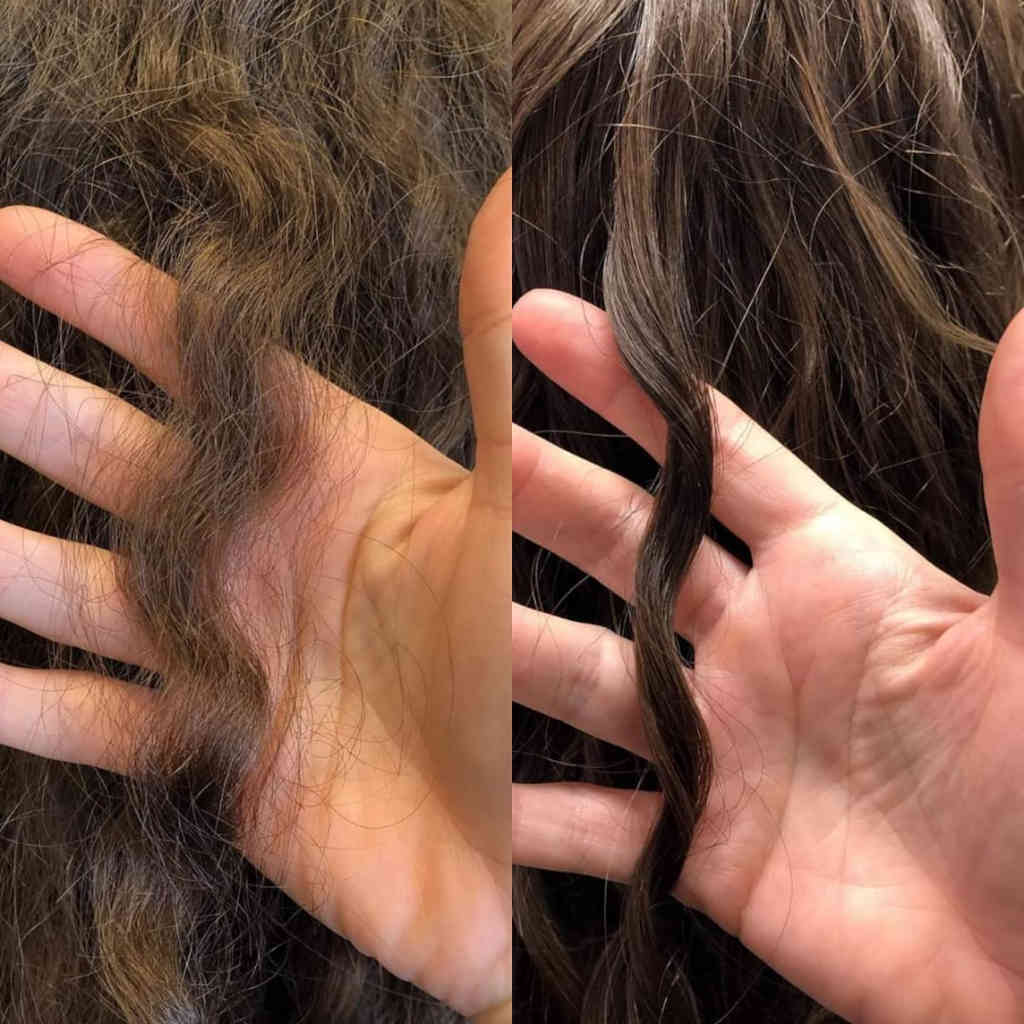

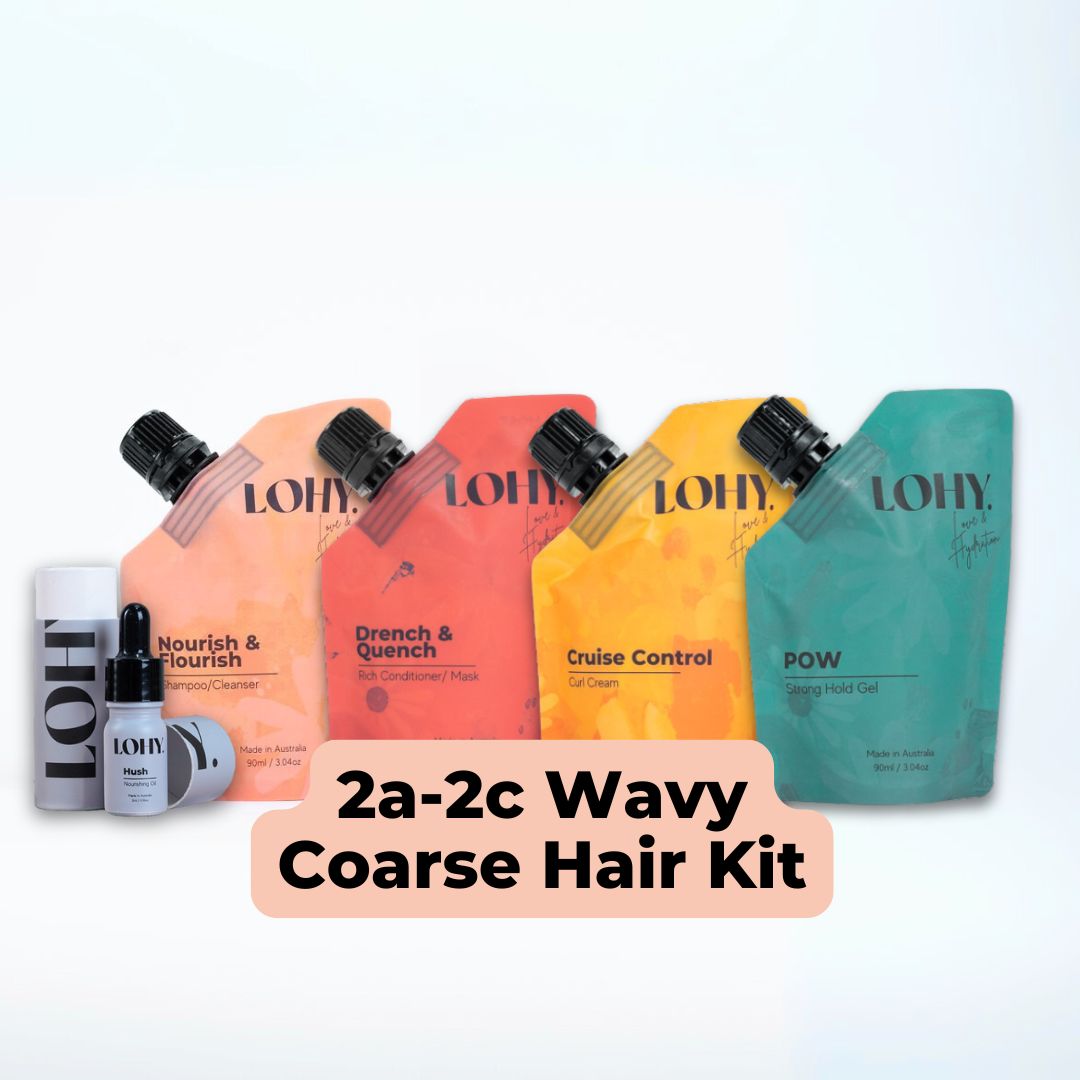
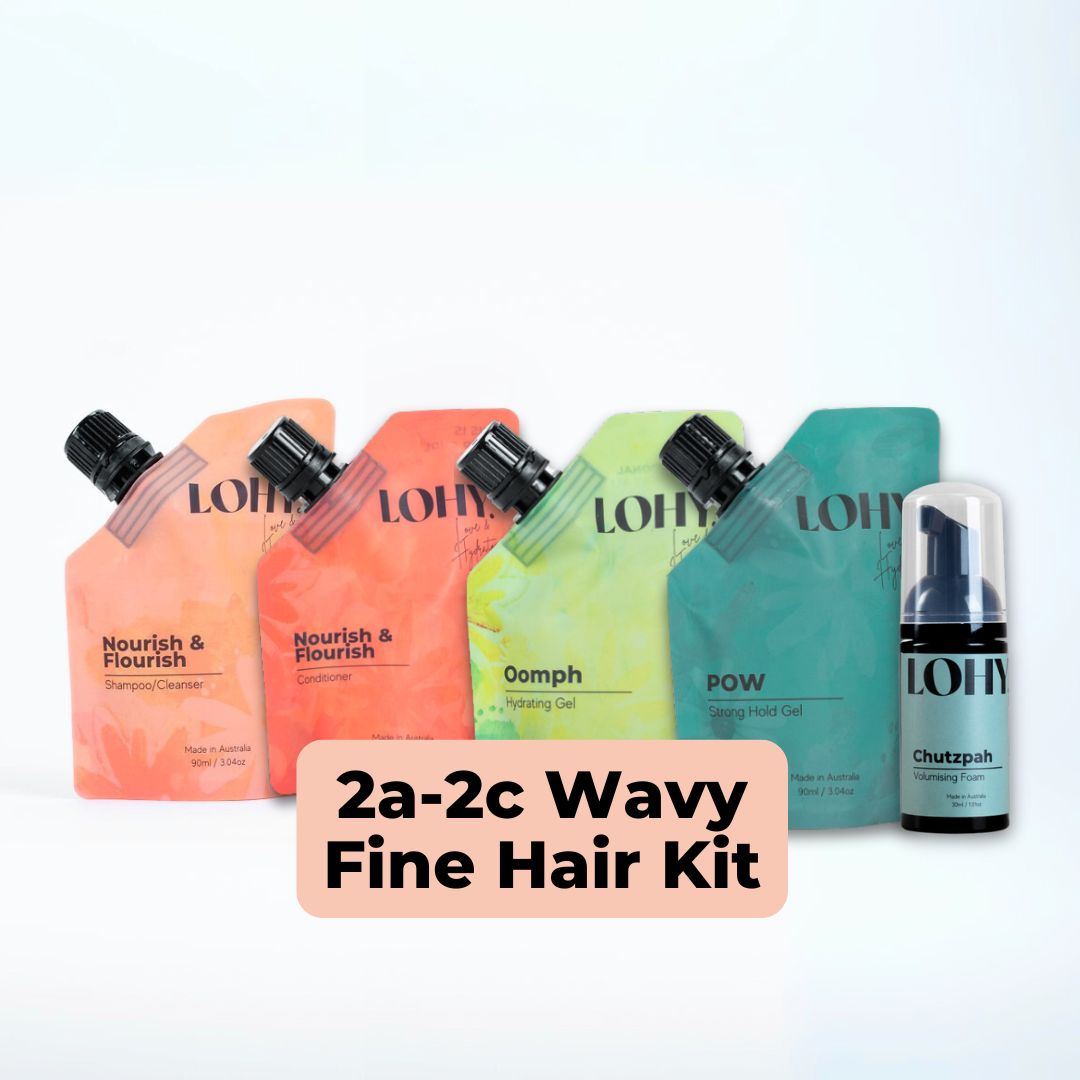
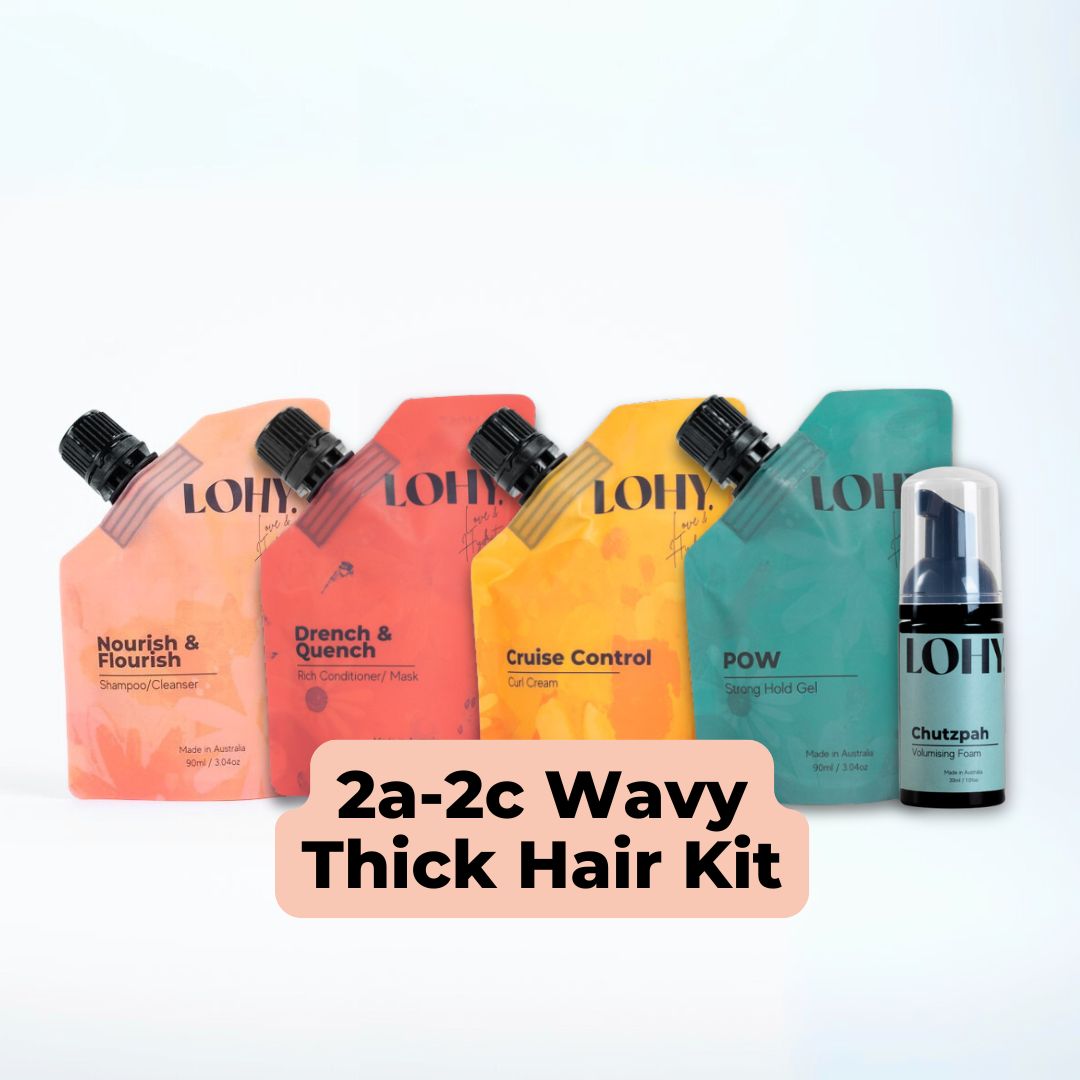
Couldn't load pickup availability
Pickup available at 4/164C Princes Highway
Usually ready in 24 hours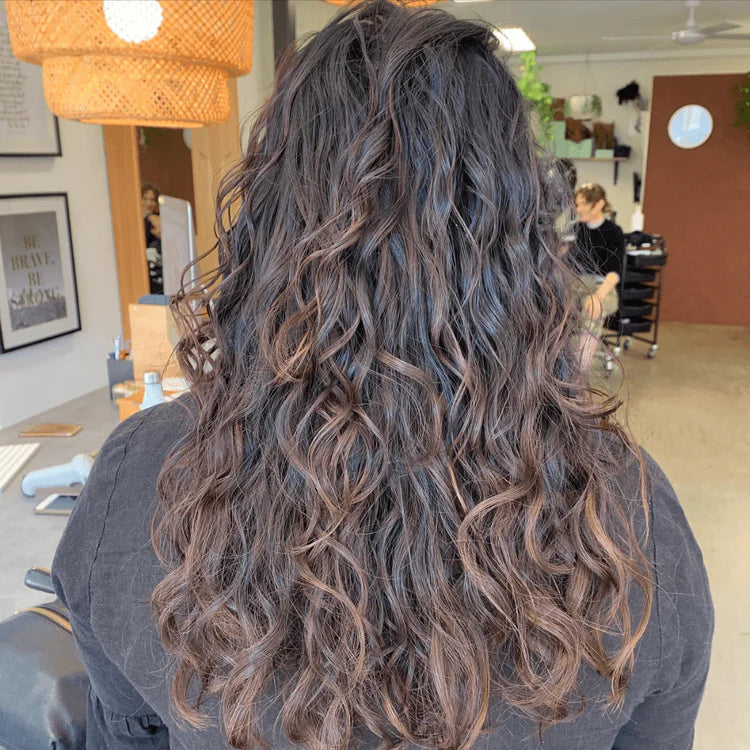
Here you can see natural 2a waves. She has fine strands but with a slight wave and some texture, there is plenty of volume.
If you have a Type 2a hair pattern you probably have finer hair strands. A gel or foam/mouse will give you best results for a hold that will last all day. Be wary, however, of using heavy styling products as these will weigh your hair down making it limp and lifeless.
If you have a Type 2a wave, make sure the products you are using are lightweight in consistency and the shampoo and conditioner you are using is formulated for hydration, this will help eliminate frizz. We recommend Nourish and Flourish shampoo and conditioner for a completely hydrating finish.
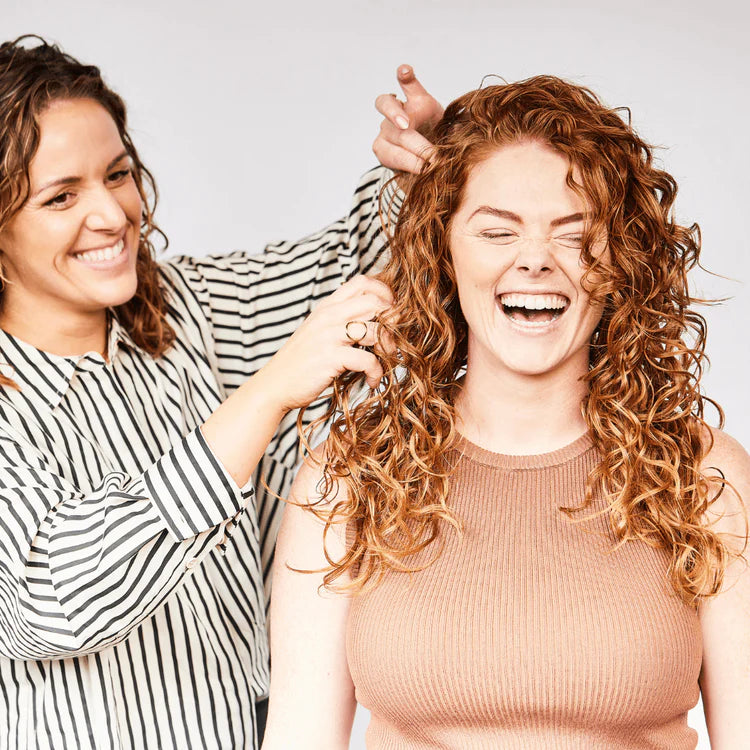
2b’s often have to put a bit more elbow grease into rocking their beautiful soft waves because unfortunately for them, their hair tends to lie flat on the base of the crown and resists volume. The strands are thicker than a 2a, and frizz can sometimes be an issue, so hydration is important.
For a 2b Type hair you’ll want to use a gel for curly hair to give enough hold and achieve a defined curl and/or a foam/mouse with a lightweight to medium hold. Once you learn how to create definition and volume in a 2b wave, I promise you’ll never touch a straightening iron again.

These guys have a little more bounce in their barnet.
Often you’ll start to see the beginning of small ringlets, especially when the hair is wet.
The 2c wave can be described as a “deep wave” and is characterised by the definition of S waves in the hair pattern. Particularly prone to frizz and heat damage, the 2c wave needs hydration and moisture, so a deep treatment twice a month is recommended. For this we suggest the Drench and quench moisture mask.
It's also good at this point to avoid heat styling, low heat, and diffused low air flow will give you best drying results.
Some other things you might want to try are using a leave-in conditioner or a light creme based product when diffusing your hair, this will help your waves continue to remain in their natural state and encourage a voluminous defined look.
Type 3 curls range in texture and size, but are typically defined by their spiral structure and bounce. They will have more root volume and height than types 2’s and will usually feature a range of textures.
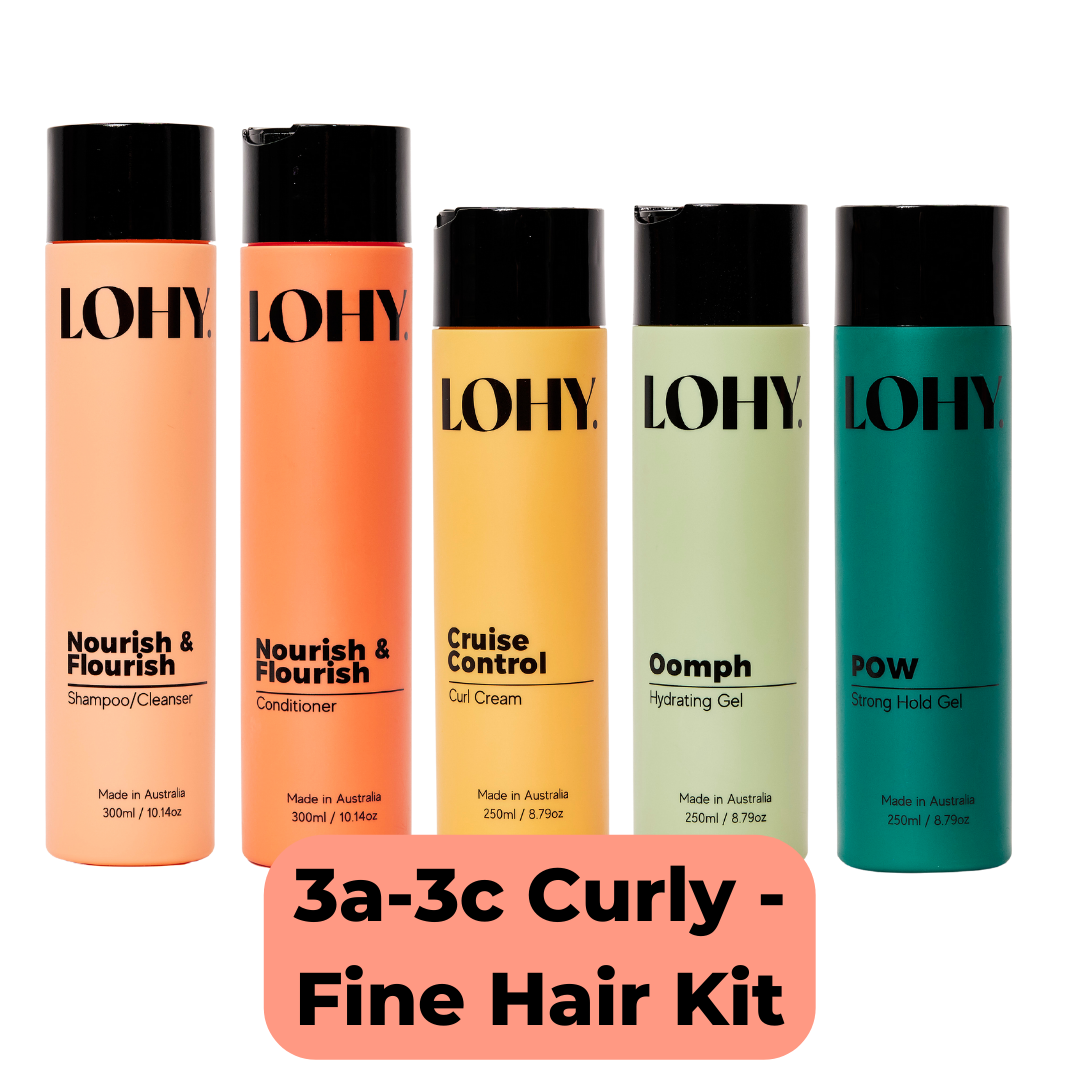
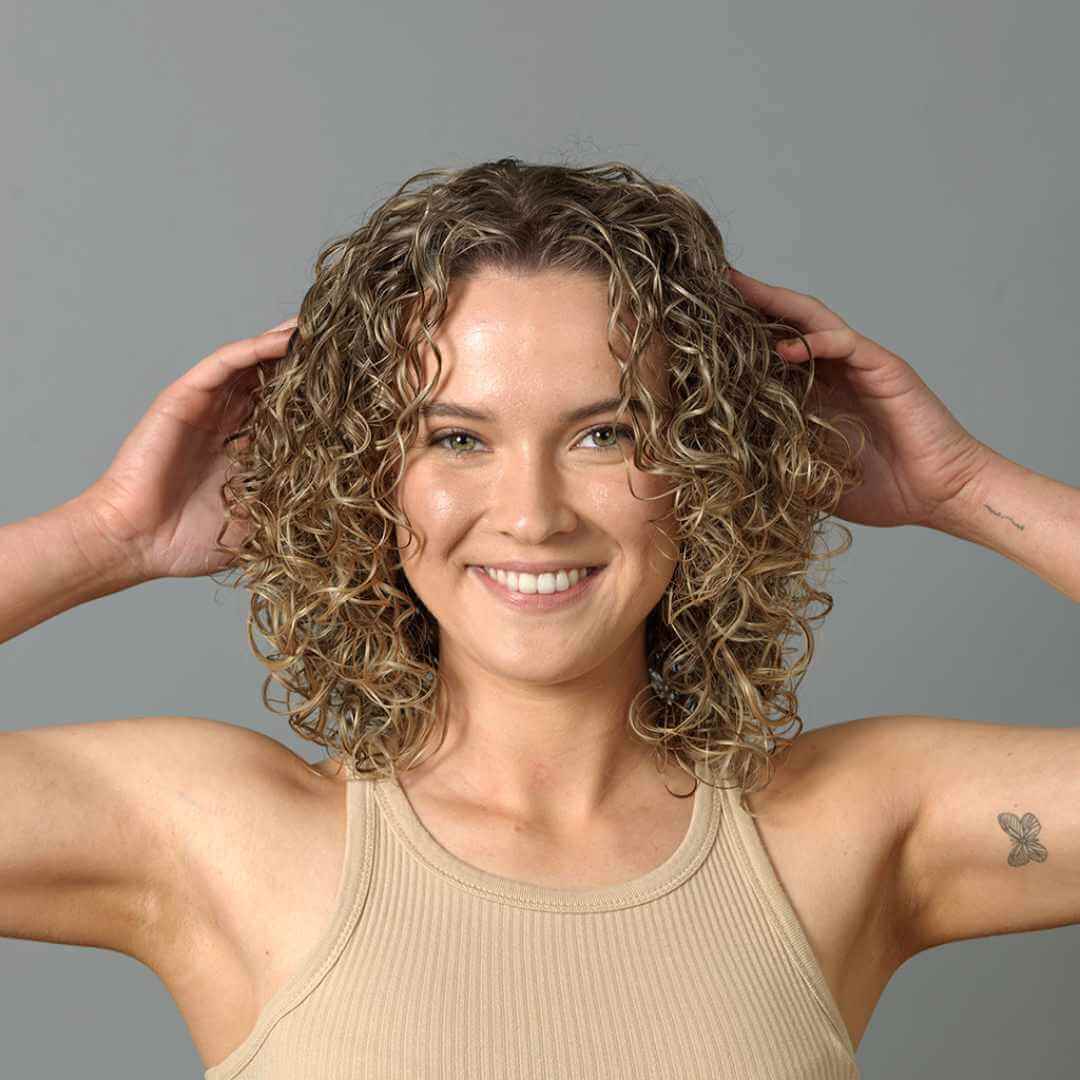
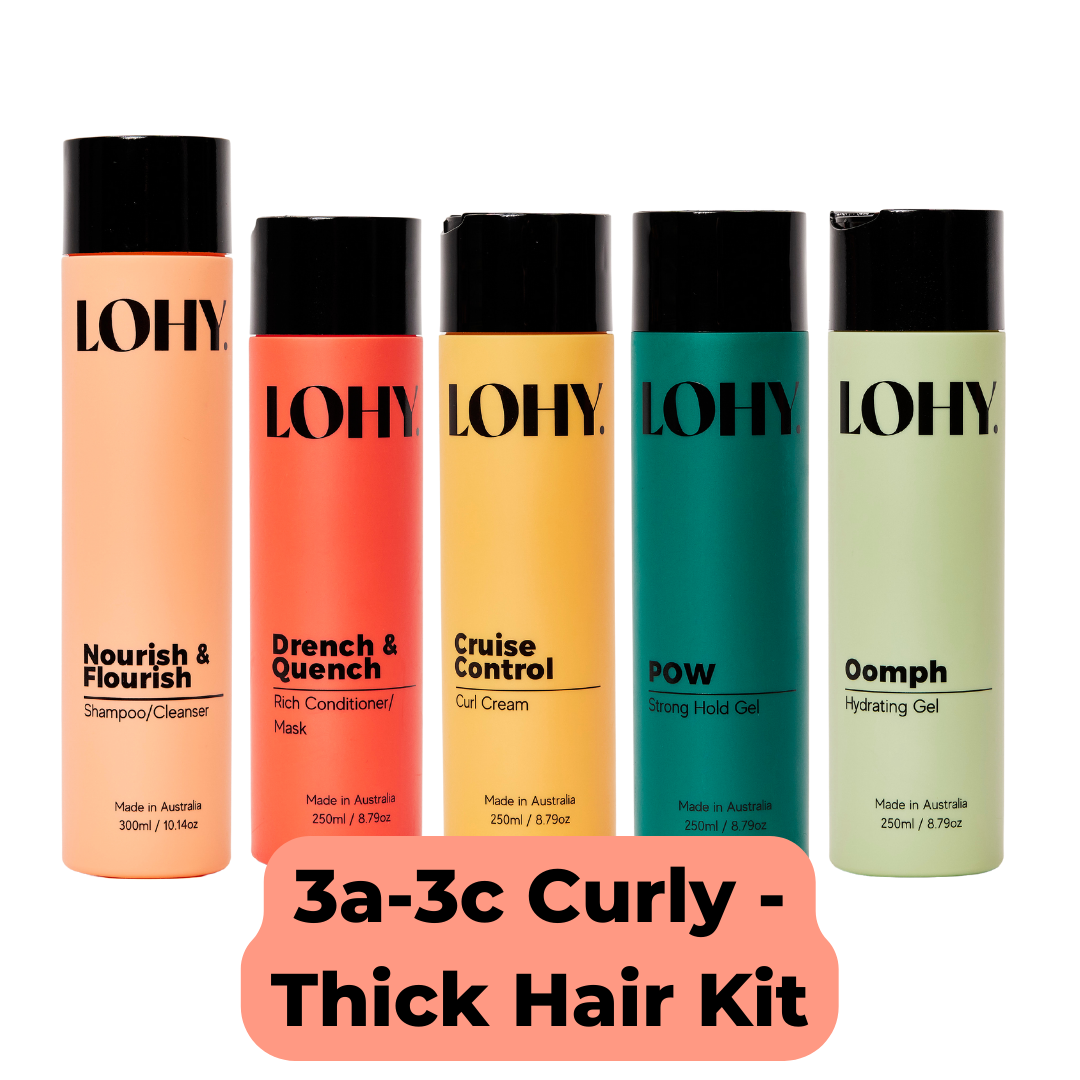
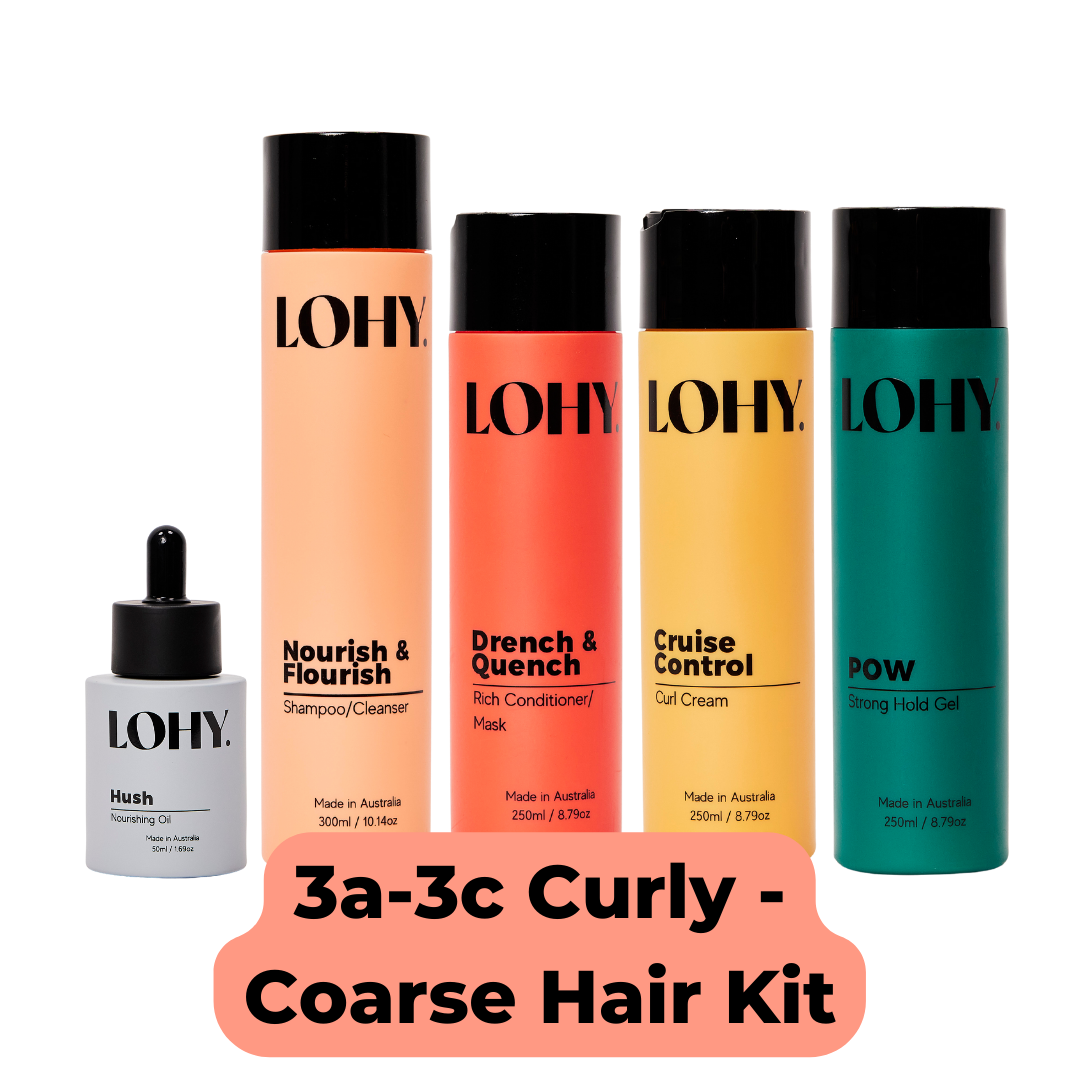
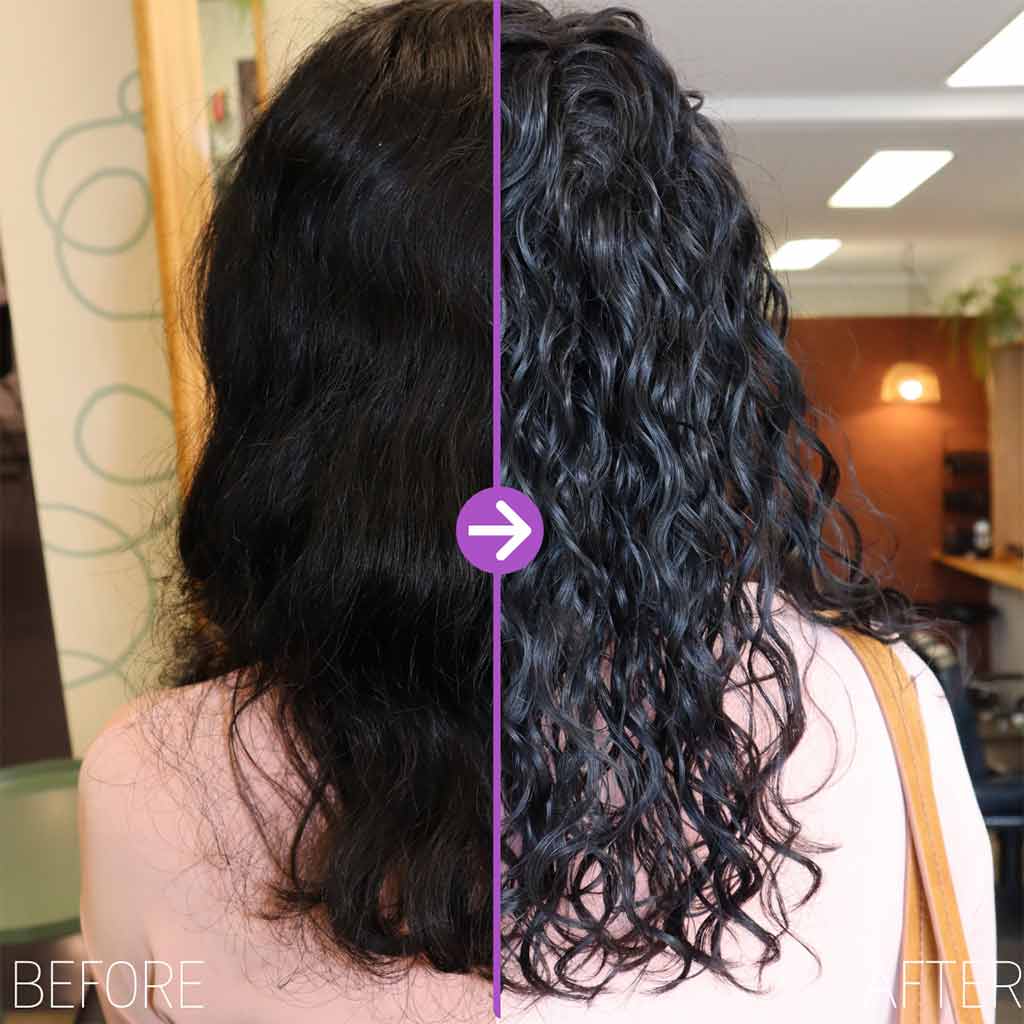
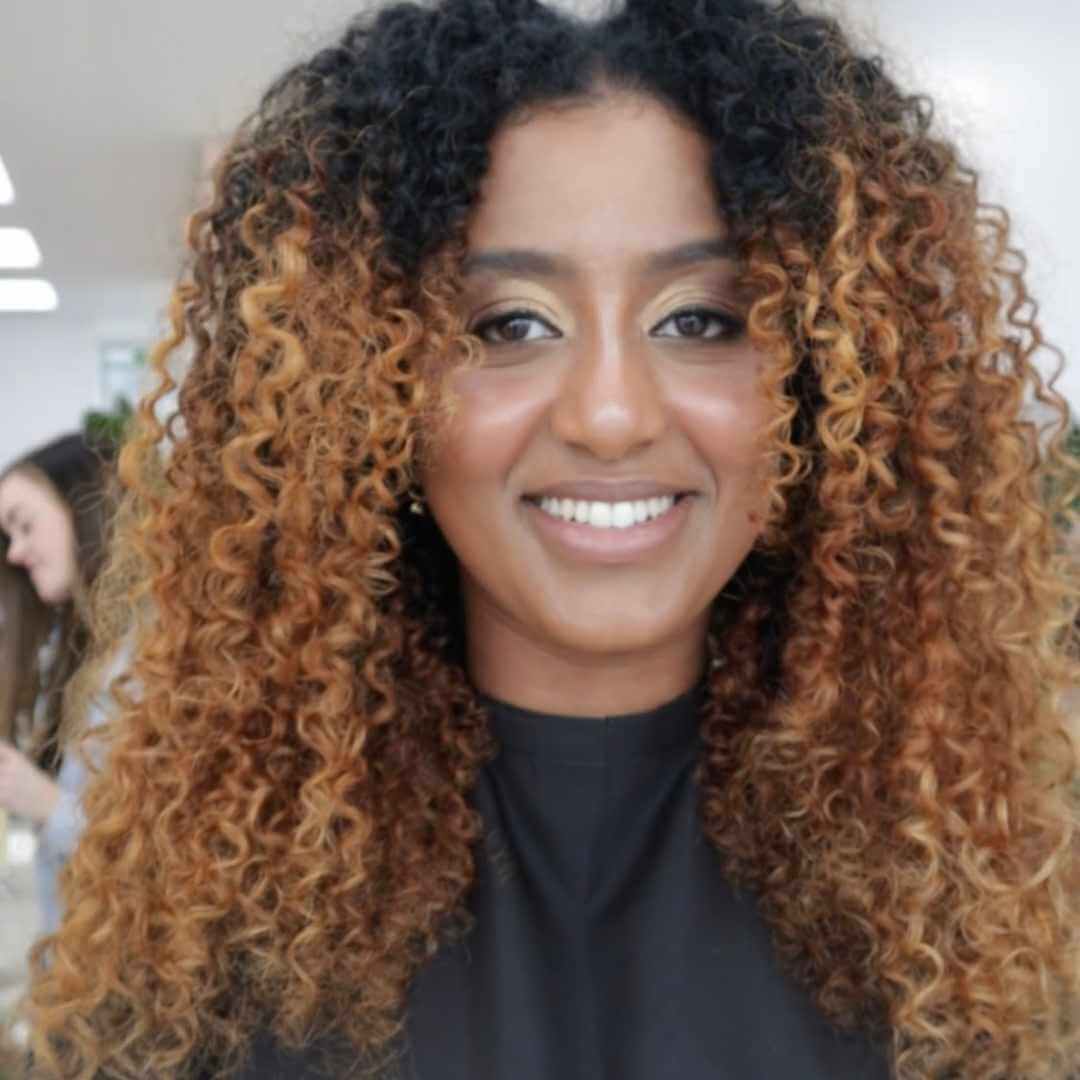
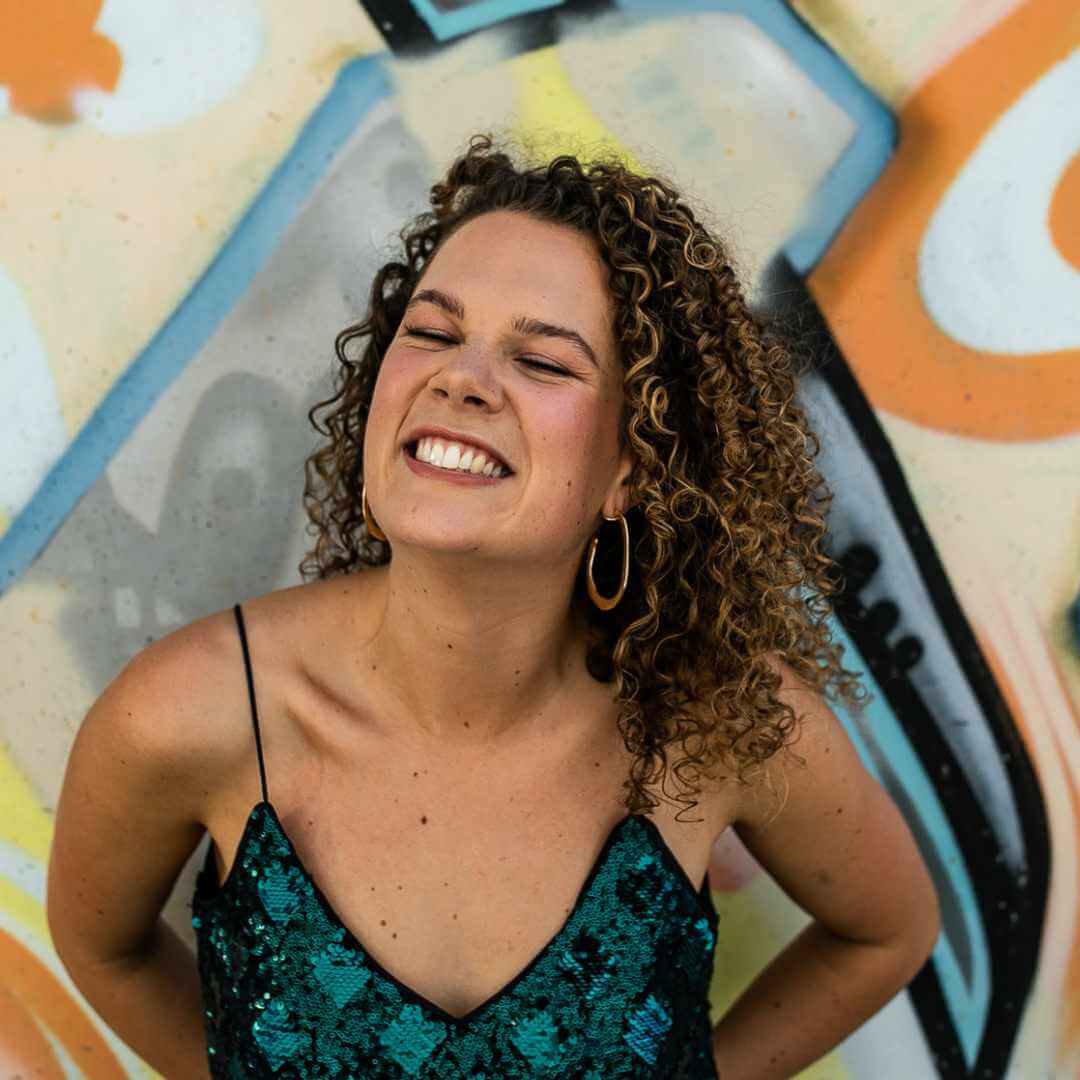


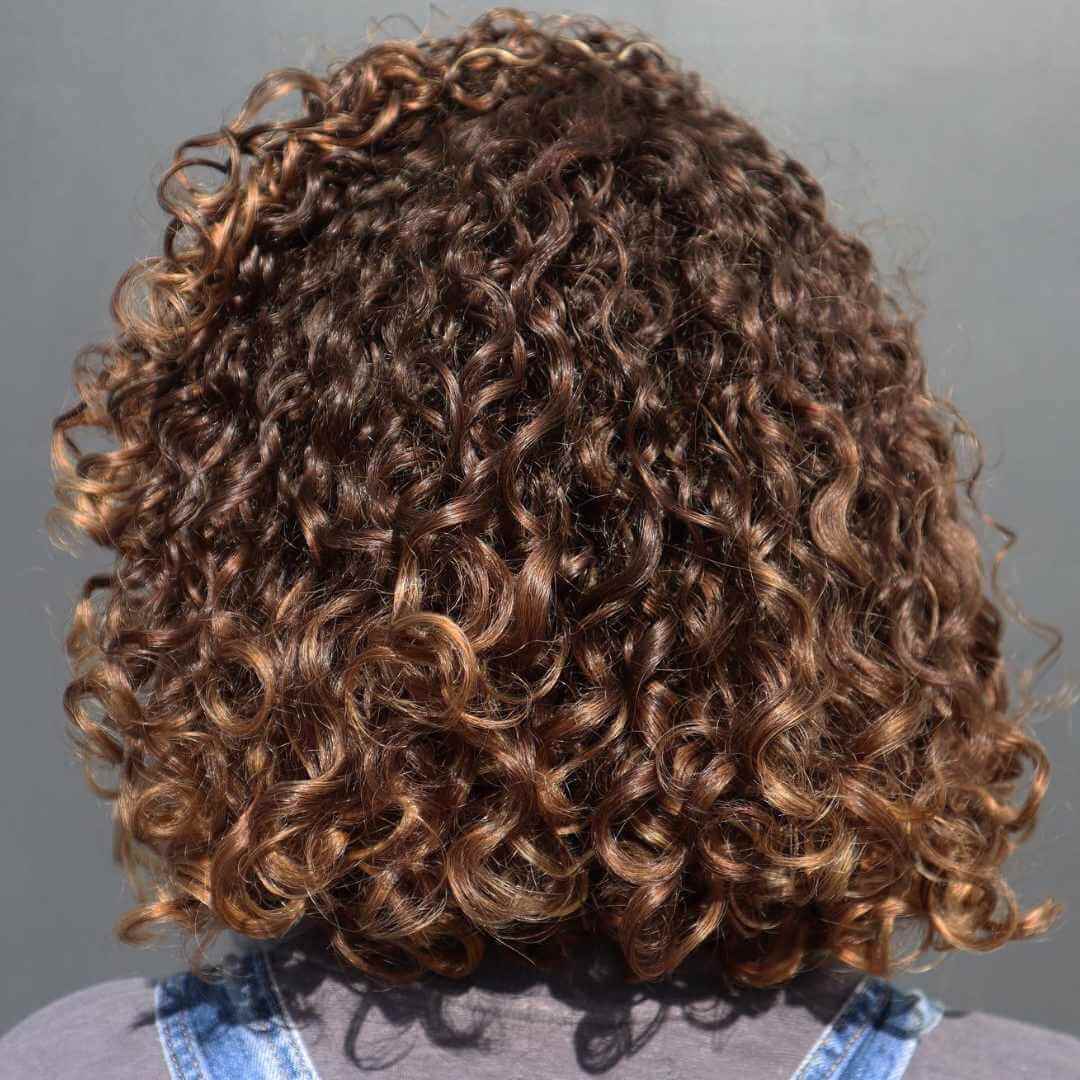
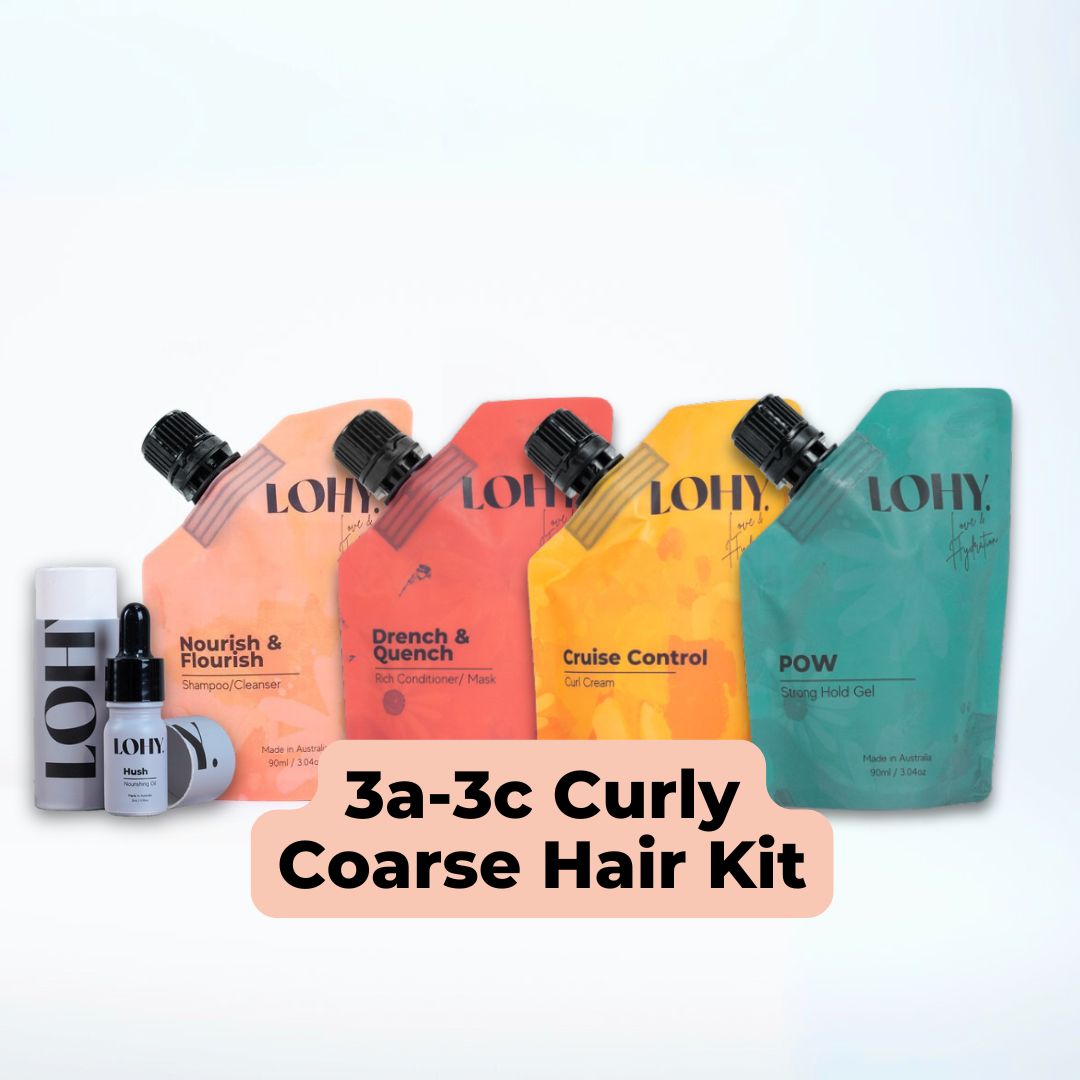
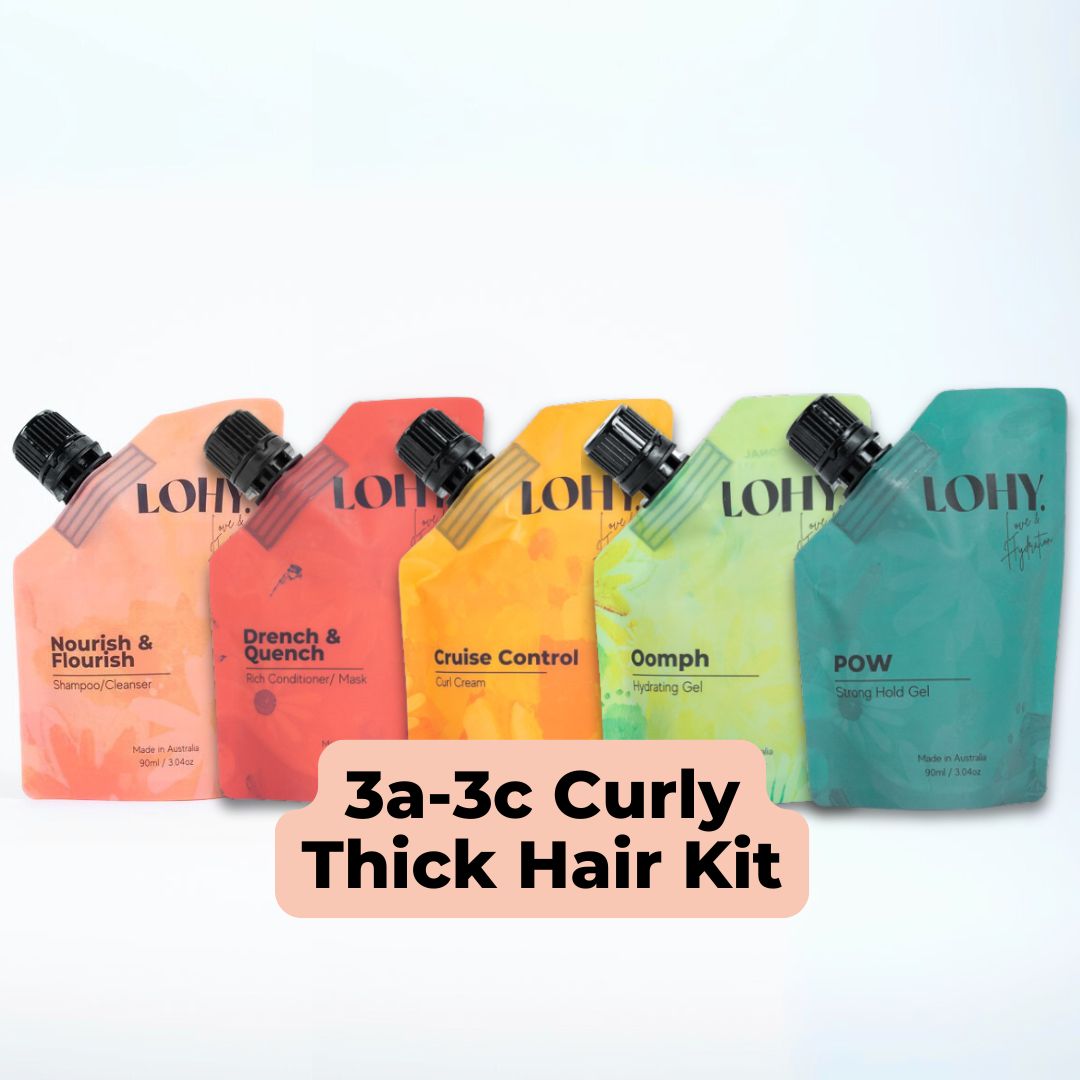
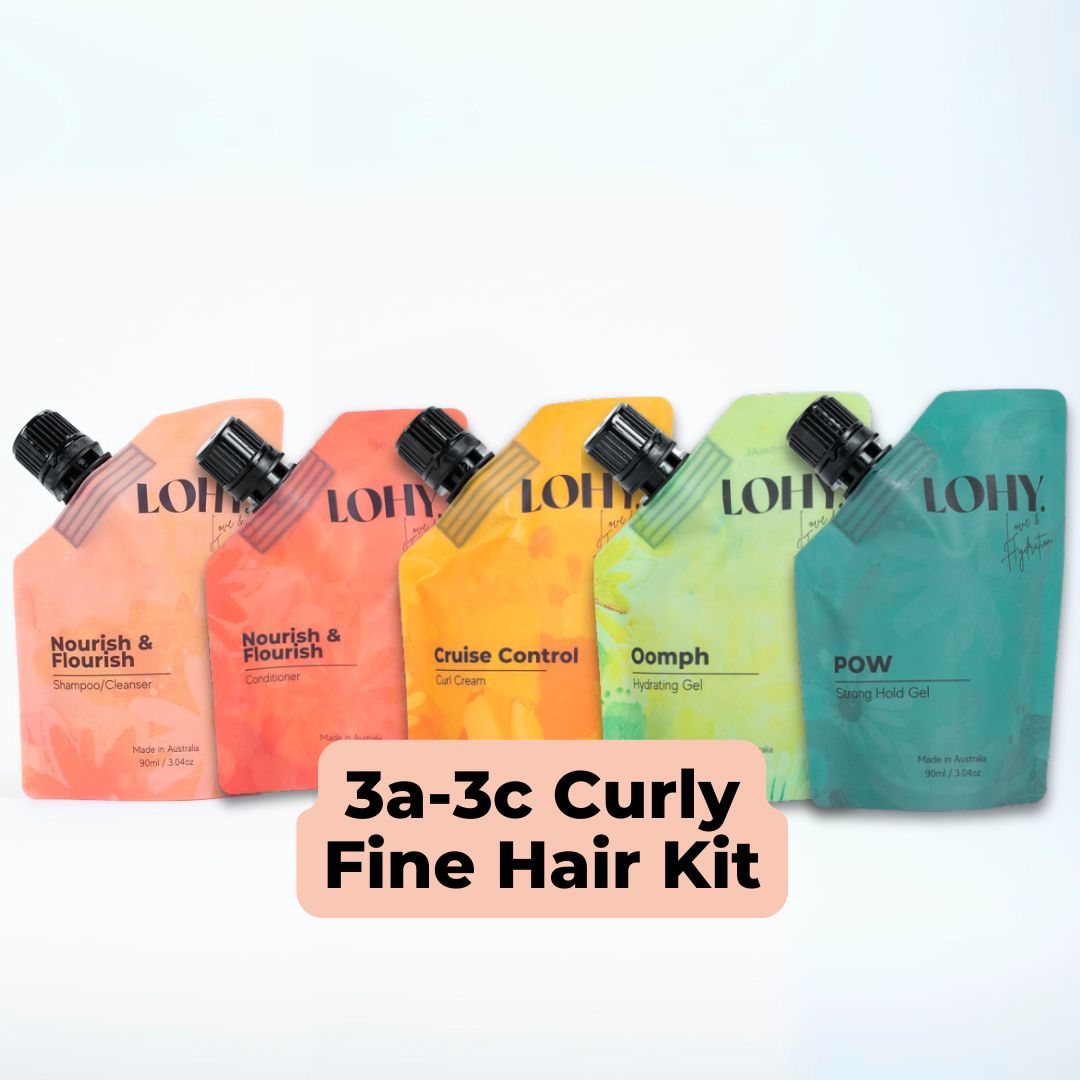
Couldn't load pickup availability
Pickup available at 4/164C Princes Highway
Usually ready in 24 hours
Classically defined by a loose curl that in diameter is about the size of a piece of pavement chalk, 3a curls are usually a little more defined than a 2c and have minimal shrinkage.
Shrinkage? Excuse me?! It’s when your hair decreases in length from wet to dry. This is normal for everyone. BUT for curlies, this increase equals a much tighter curl pattern.
A 3a type of hair is quite forgiving when it comes to wash days, hooruh! Typically, loose curls don’t need to be washed as often, you should aim to wash every 5-7 days so your curls don't dry out. It’s recommended that using curly hair masks and leave-in conditioners more often will help to retain the moisture. When styling, a 3a curl will benefit from a bit of the “squish to condish” method to help lock in moisture and create curl clumps.
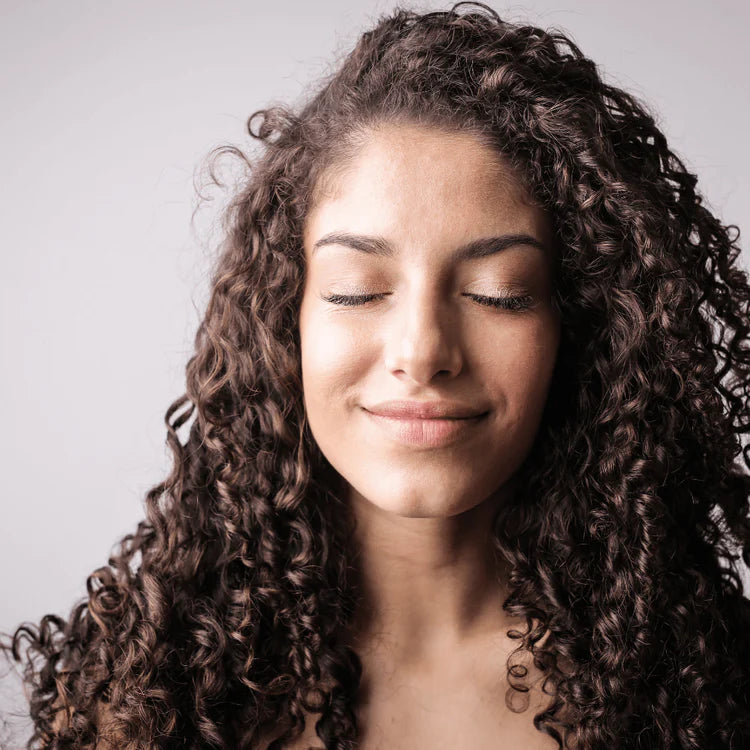
You can see in this photo, the hair forms perfect wide spirals about the size of a sharpie marker. The 3b hair type can be described as thick, voluminous and dare I say, even a little crazy. These spiral curls tend to be a medium dense texture, with a thirst for moisture.
Pro-tip: Minimal touching of the hair while styling will help keep your curls in tact and a strong hold gel will help them look fabulous all day, without the frizz.
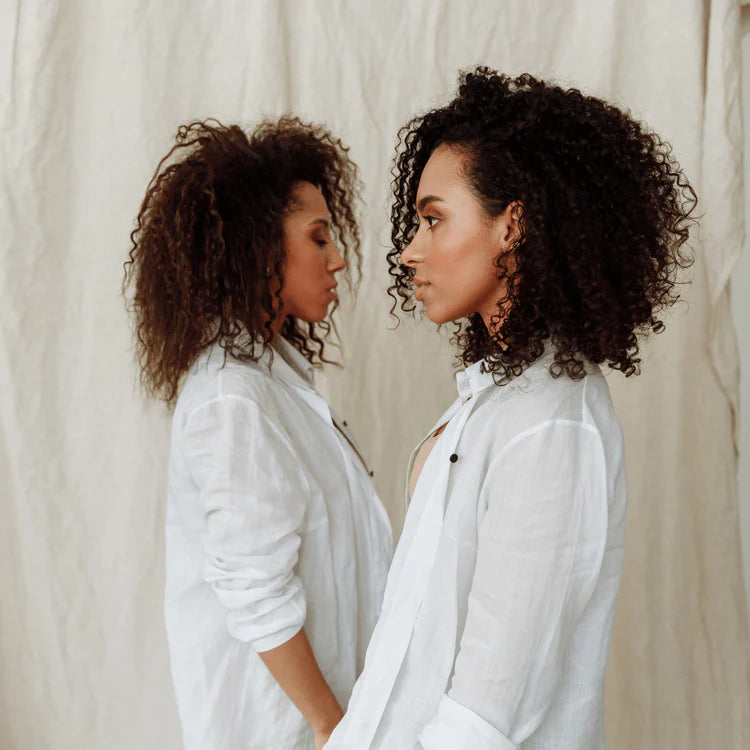
Kinks, coils and corkscrews, these tightly wound curls are mesmerising.
Dense strands that are tightly packed together create large amounts of volume.
Unfortunately can also create large amounts of, you guessed it… knots. A detangler is going to be your best friend if you have type 3c hair.
Corkscrew curls are prone to frizz, and the best way to style your curly hair is to let your curls clump together when they're sopping wet.
Before they have a chance to dry, apply your styling products adding more water if necessary; this will help your curls remain in their clumps and lock in moisture.
3c hair tends to experience the most volume, but also the most shrinkage in the type3 group, so it might feel like your hair takes forever to grow. Regular haircuts will help promote growth, and you will need loads of patience if glorious long curls are going to be your signature style.
Coily hair can be deceptive, yes, it looks steely, however if you look closely it's the most delicate out of all the curly hair types.
Commonly referred to as coily, kinky or Afro-textured hair; what makes it more vulnerable than others? Coily hair types have a much tighter hair pattern, some coils are so tiny you can only just fit a toothpick in your curl loop!
Because there isn't much space between the curls they are prone to drying out and becoming brittle. Breakage is a real thing! That said- the good news is that there are loads of ways to care for Type 4 hair, and coily hair is particularly versatile. It looks great no matter what you do with it!
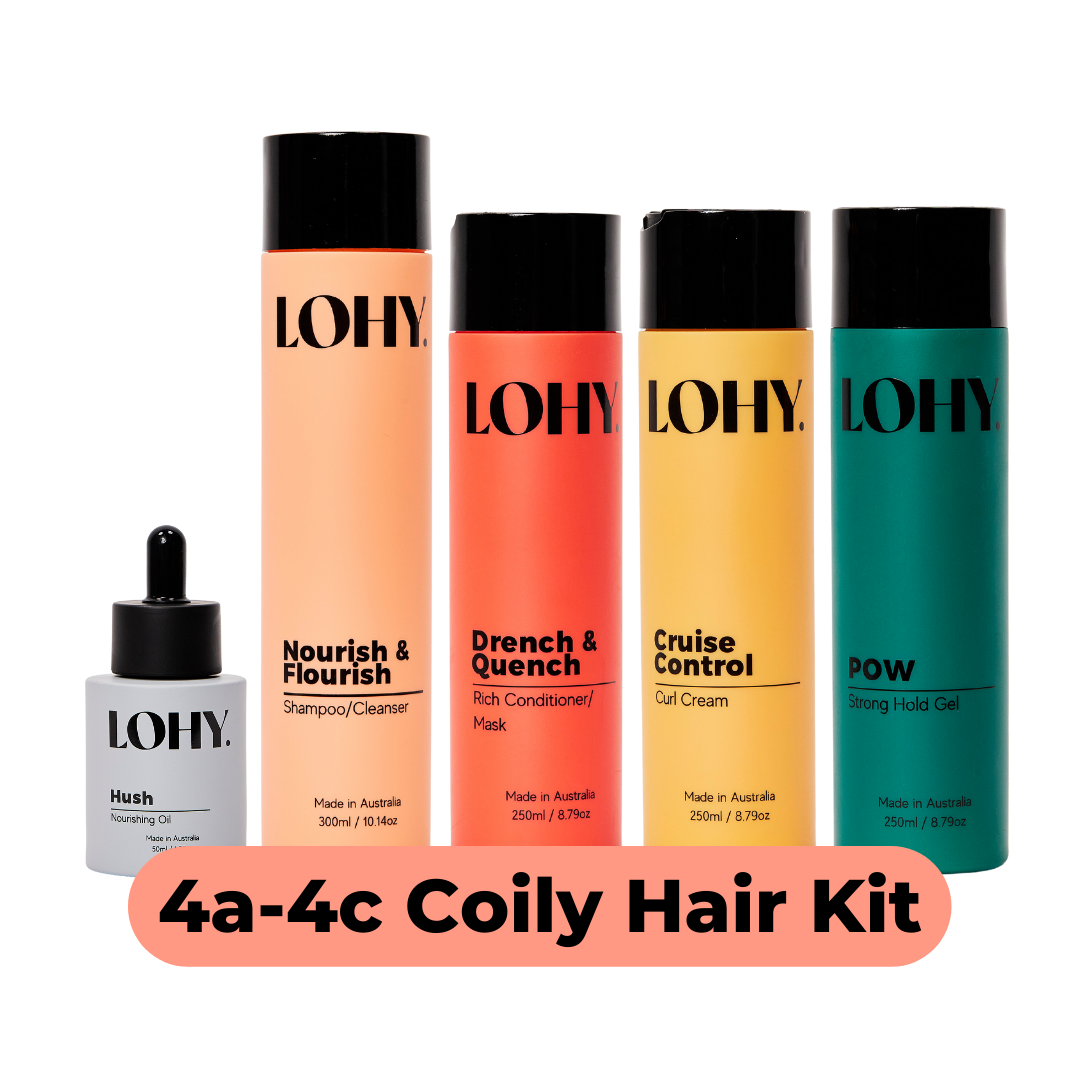
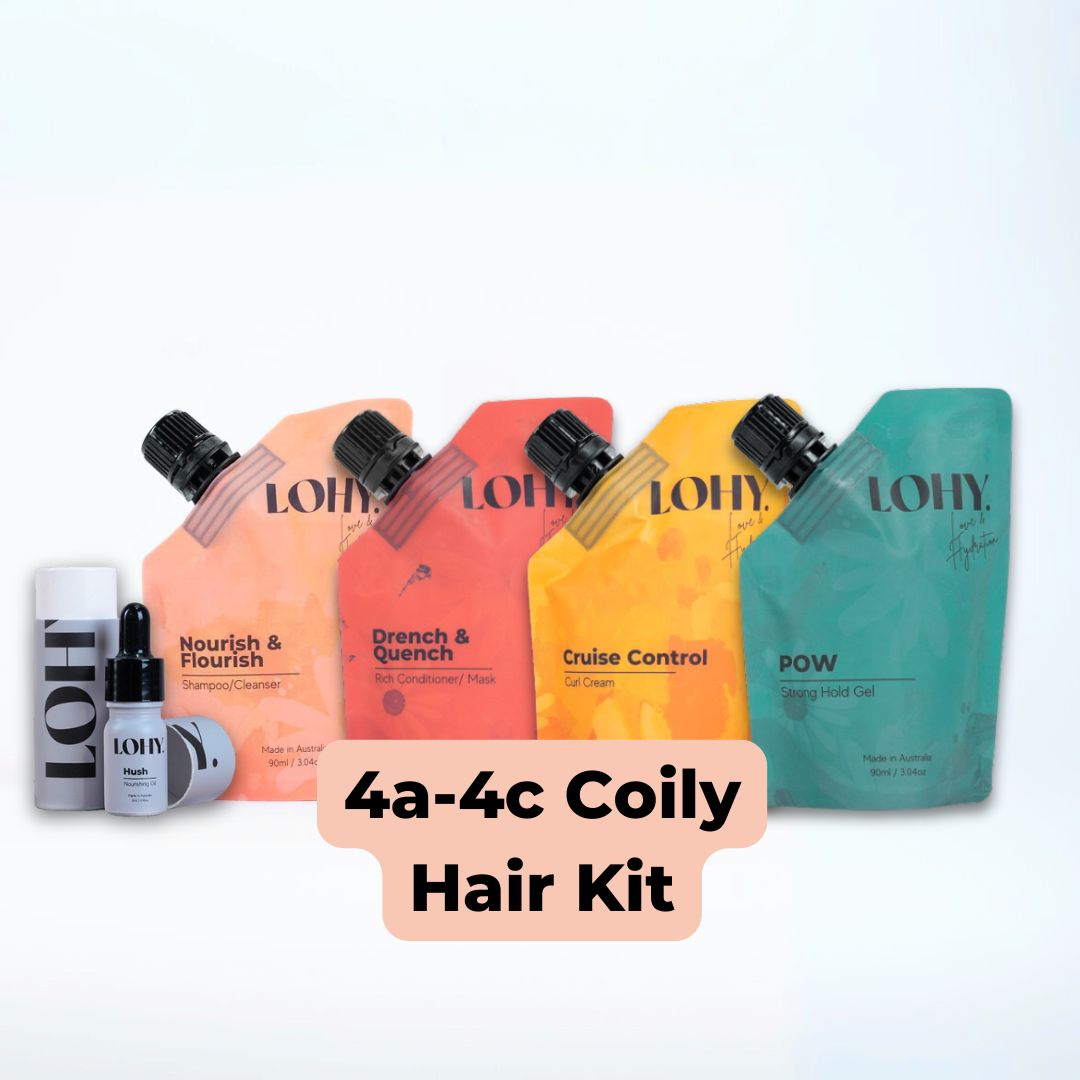
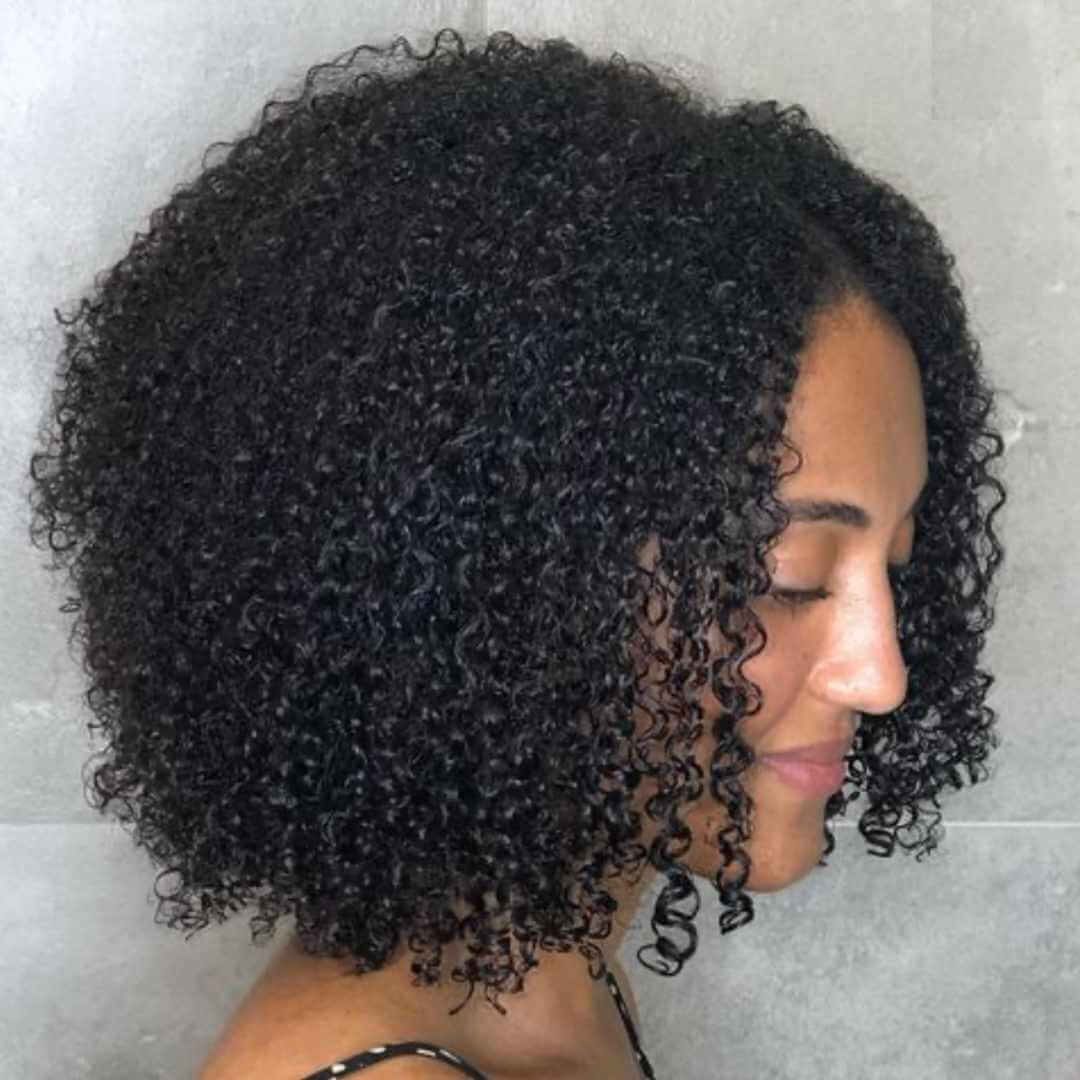
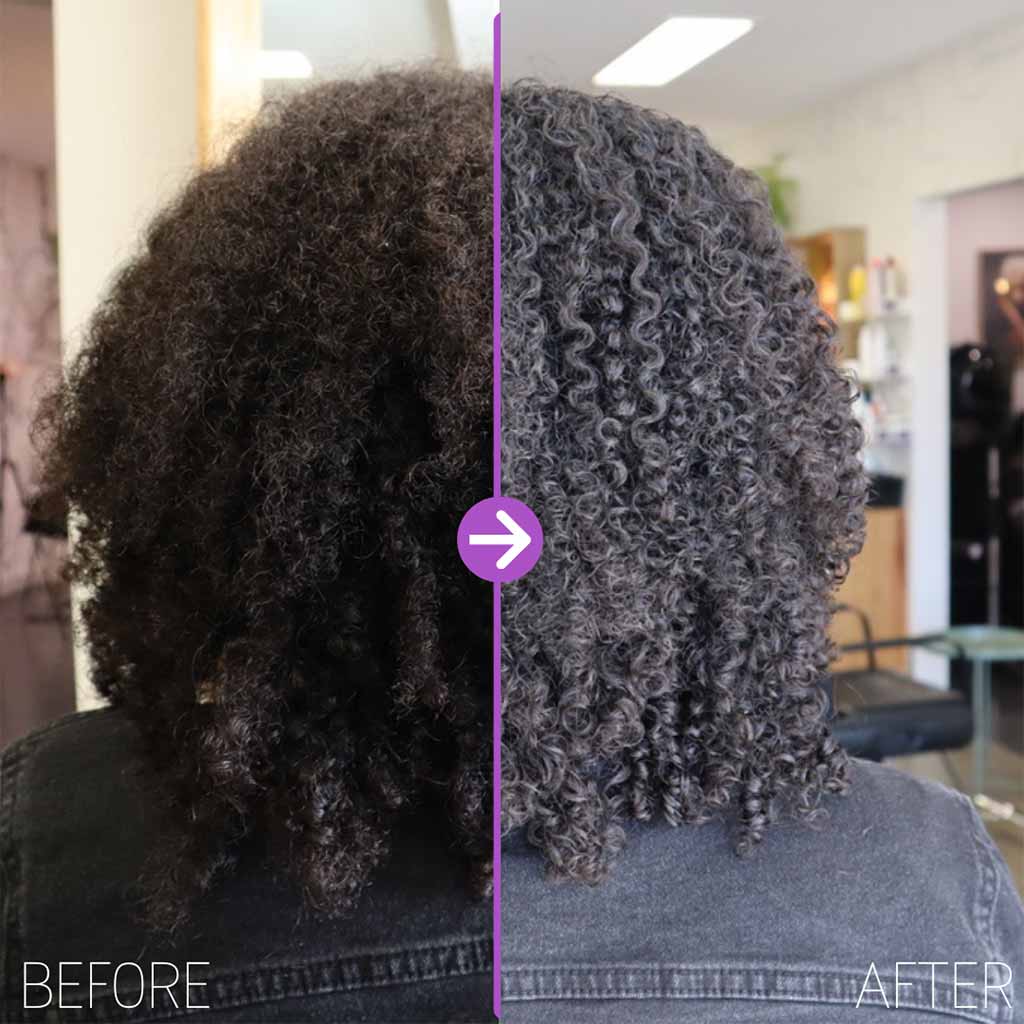
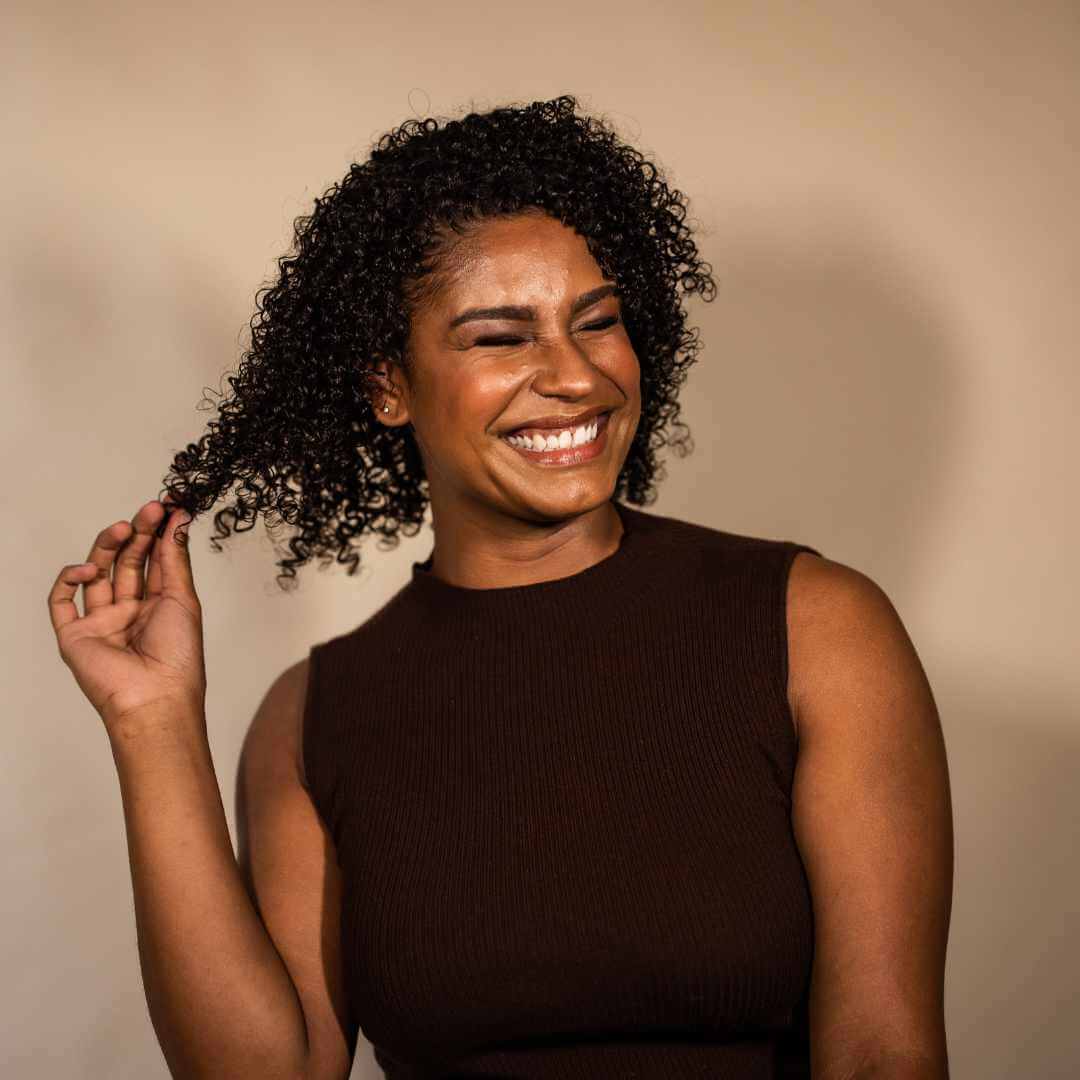
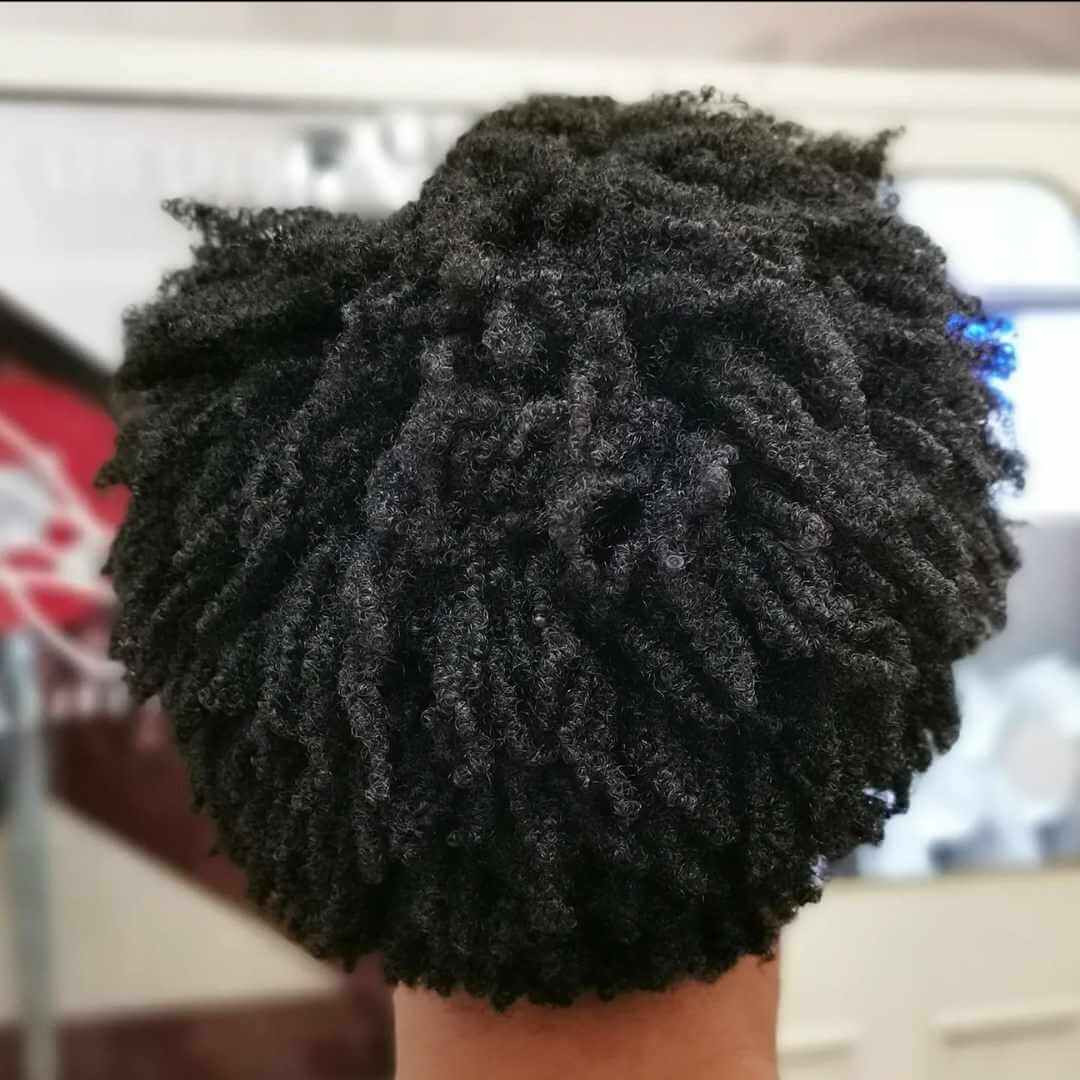
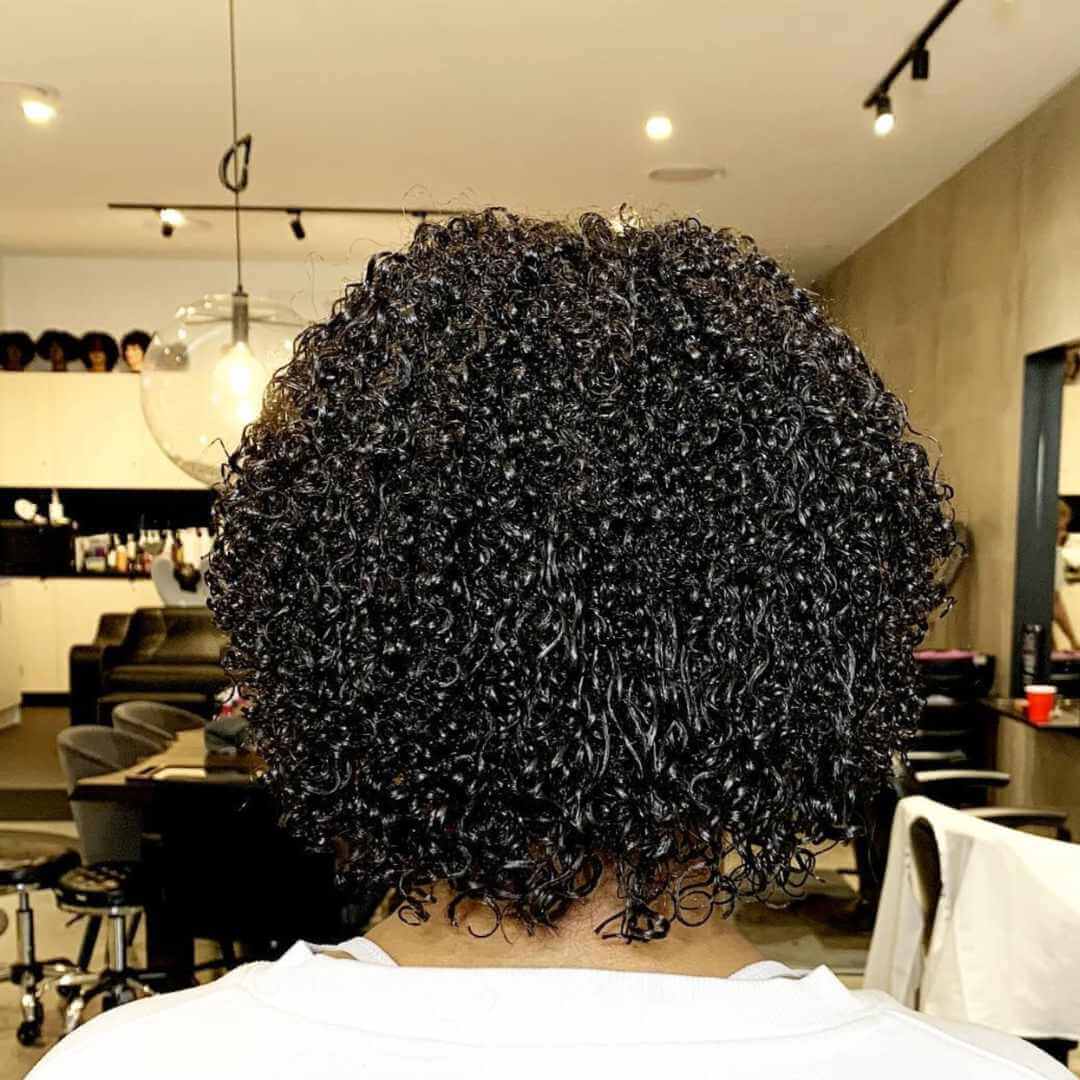
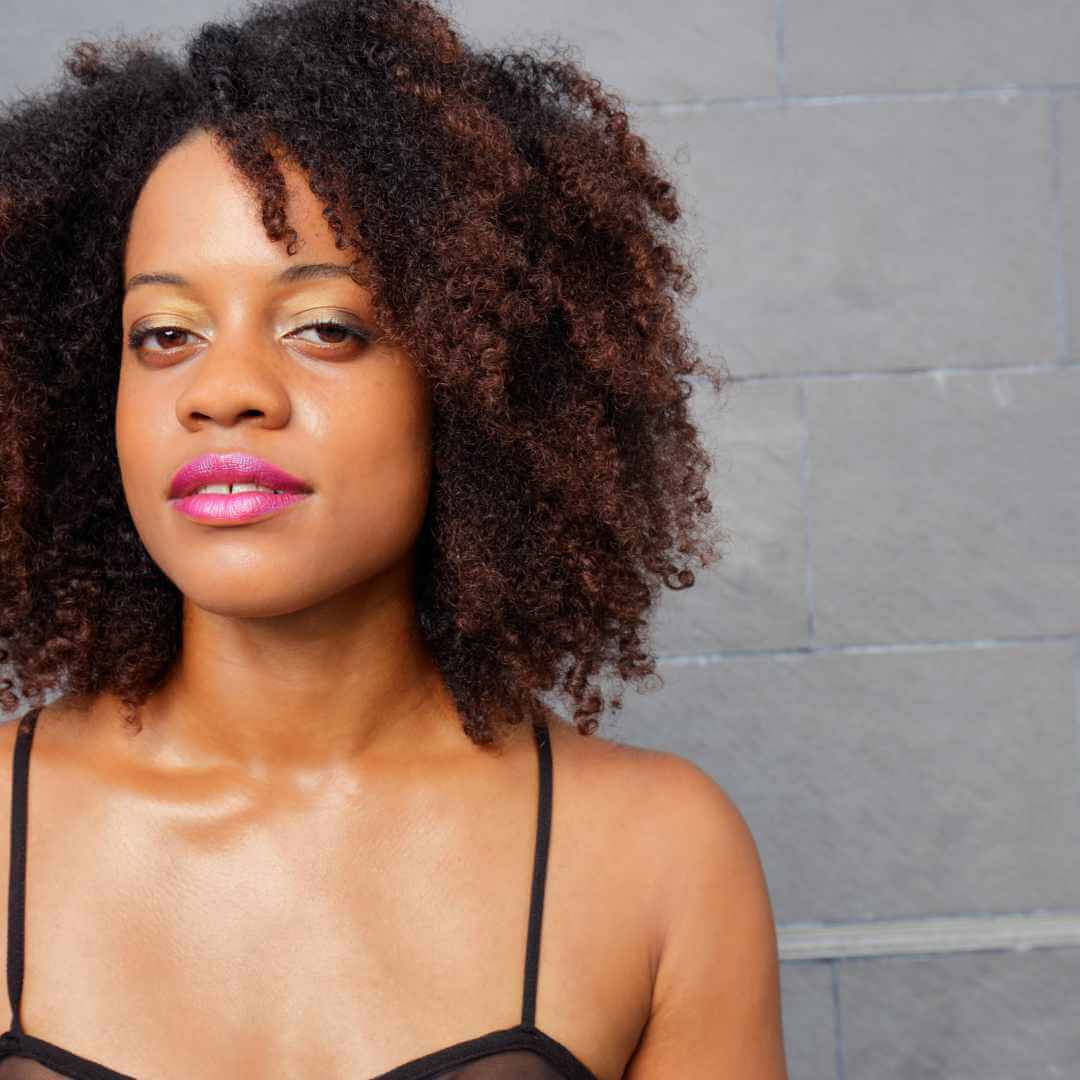
Couldn't load pickup availability
Pickup available at 4/164C Princes Highway
Usually ready in 24 hours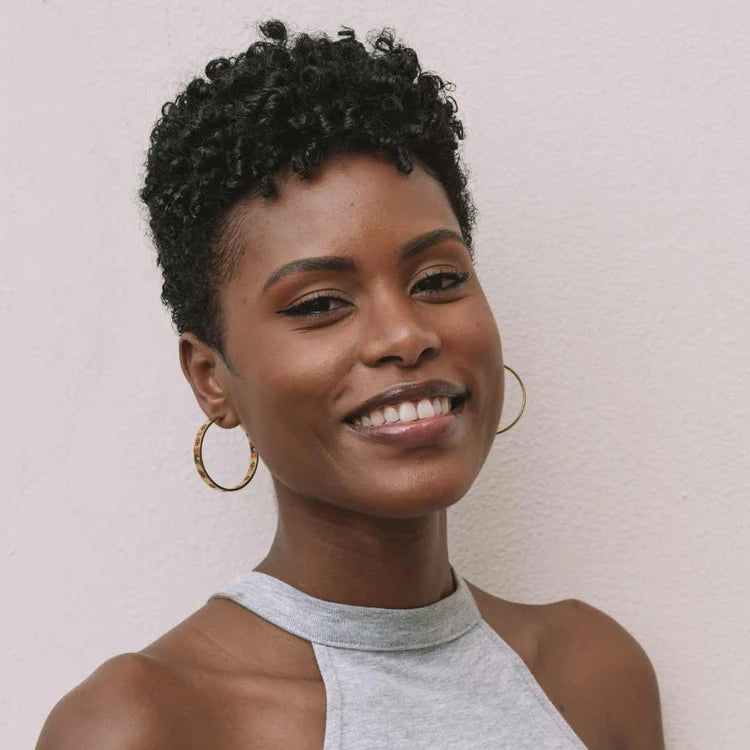
Moisture and hydration are vital to your coily hair's longevity! To keep your curls looking and feeling their best you want to make sure you are using a good range of products that LOCK in the moisture.
4a has a slight coil and can often be confused for a 3c hair type because the curl clumps are prone to opening up. Adding water when refreshing, using a leave-in conditioner and using regular hydration curly hair mask will help your curls to clump together and remain intact when styled.
Pro-tip: Using a low heat setting when diffusing will also help to avoid frizz and prevent clumps coming undone.

Here is a perfect example of a 4b hair type. More of a zig zag than a curl, these fine wiry strands of hair are highly porous and can shrink up to 75% of their true length. (don't worry there are loads of ways you can stretch out your curls without using heat- twist-outs, flexi rods or bantu-knot outs are a few good ways.
Pro-tip: Safeguard your length by using lots of hydrating products and use nourishing oils to assist in growing your hair- this will prevent breakage and dryness.
Coily hair is fascinating, and is truly spectacular. With its unique horizontal growth pattern maximising volume, when styled correctly, Coily hair is quite the show stopper.
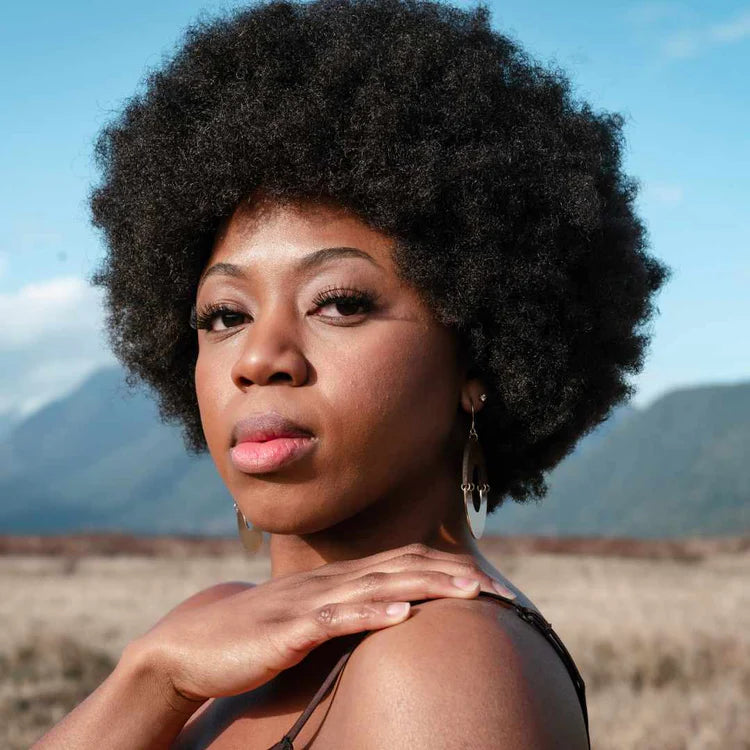
The tightest of all the coily types of hair, the 4c, is possibly the most unique of all the curl types. And possibly the most demanding.. (think Miranda Priestly From The Devil Wears Prada).. 4c curls require A LOT of attention.
Often lacking in shine and moisture, 4c curls can become tangled really easily. It doesn't help that generally speaking the hair shaft is fine and coarse, making it susceptible to breakage and dryness.
Regular deep conditioning, as often as once a week will help to moisturise your hair and encourage growth and a quality leave-in conditioner will add shine and control to those wiry end pieces.
Whilst 4c type hair is by far the most “high-maintenance” of the curly hair types, once you have mastered what works for your hair, your daily routine will become just as simple as all other curly hair regimes.
4 Signs It's Time To Cut Your Curls!
3 Tips to Keep Your Curls Hydrated This Summer
Wash, Hydrate, Style — The Golden Routine